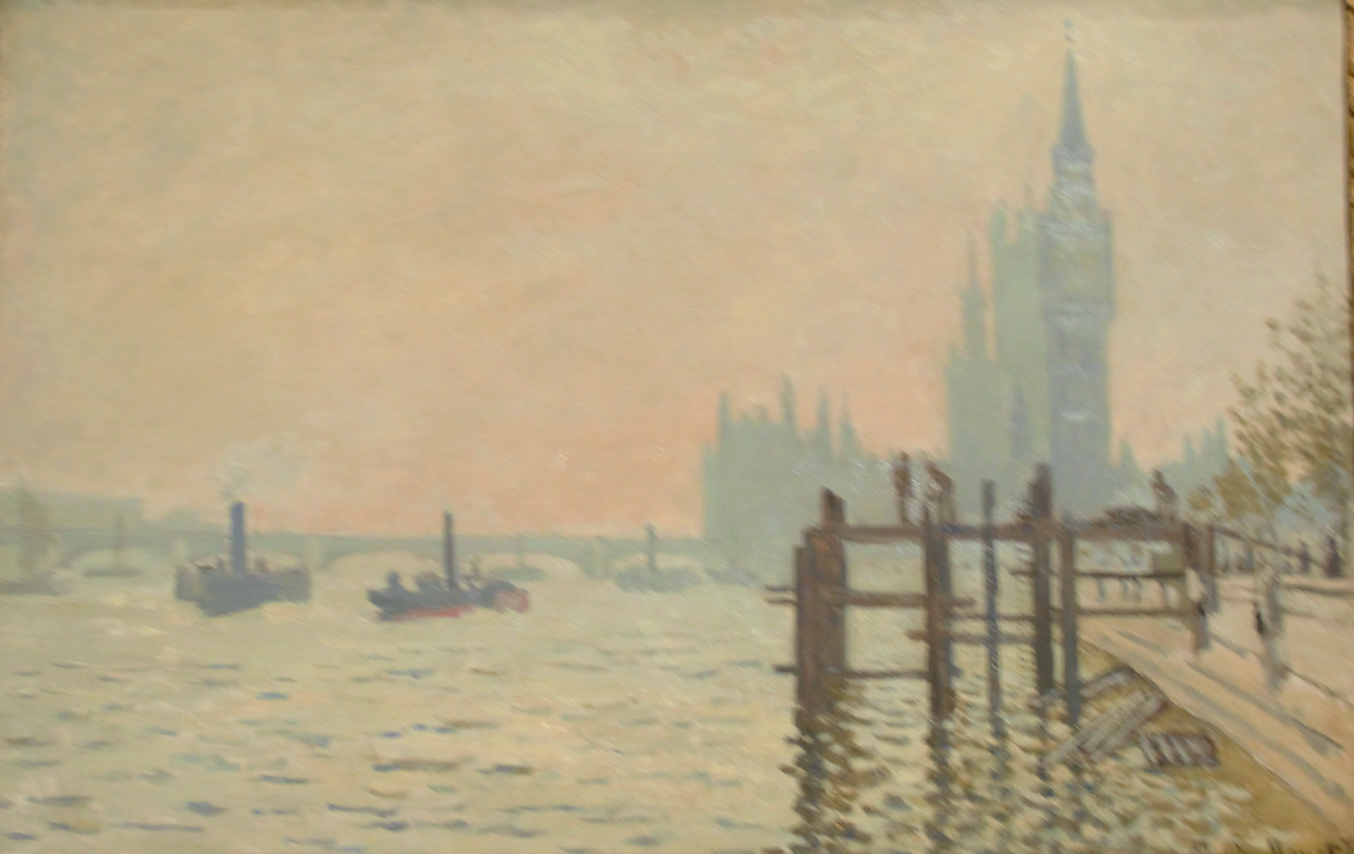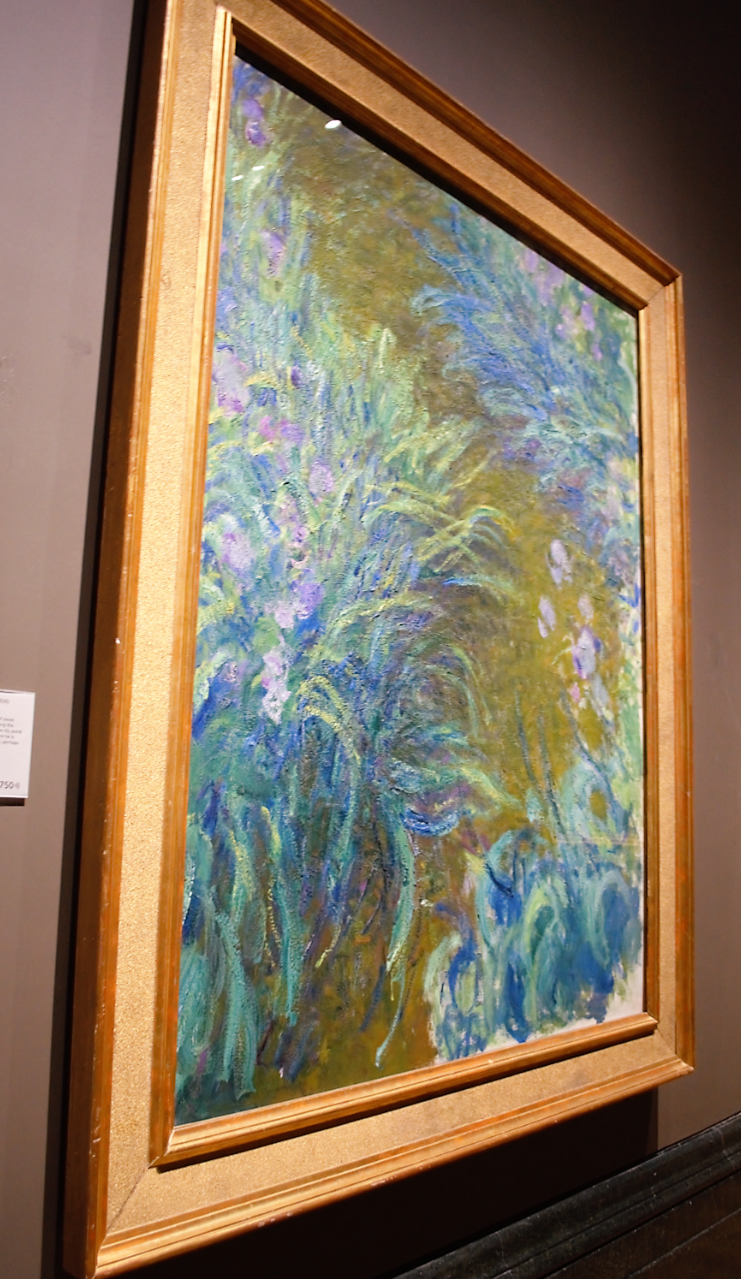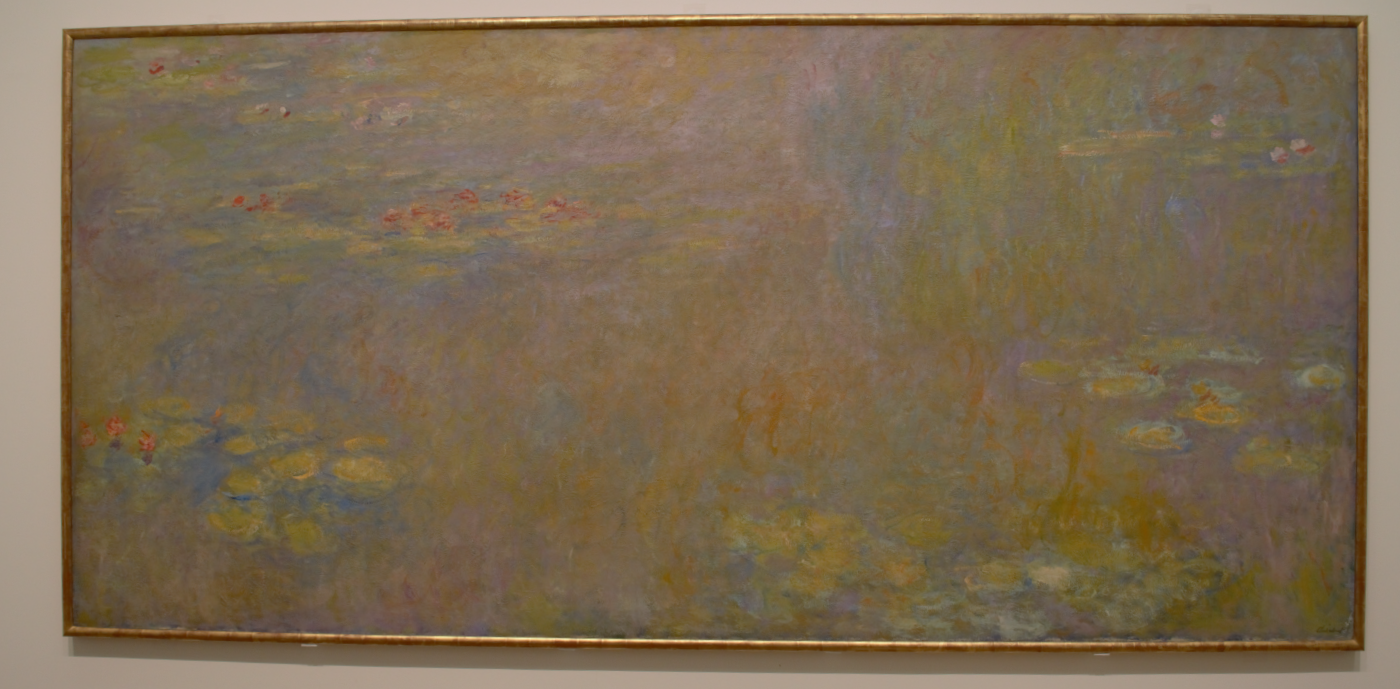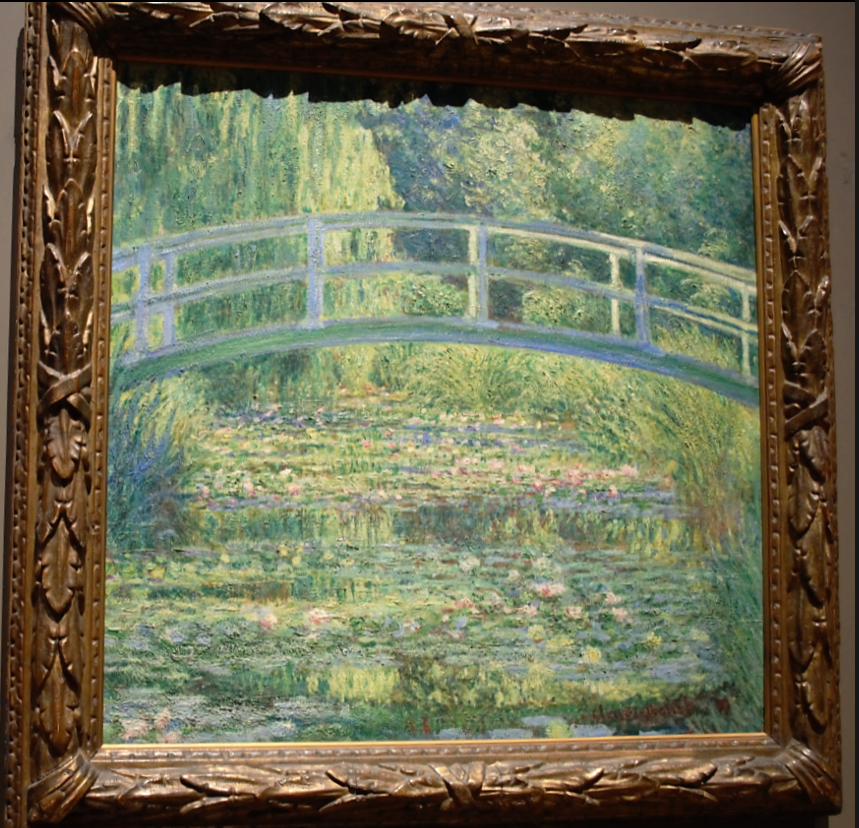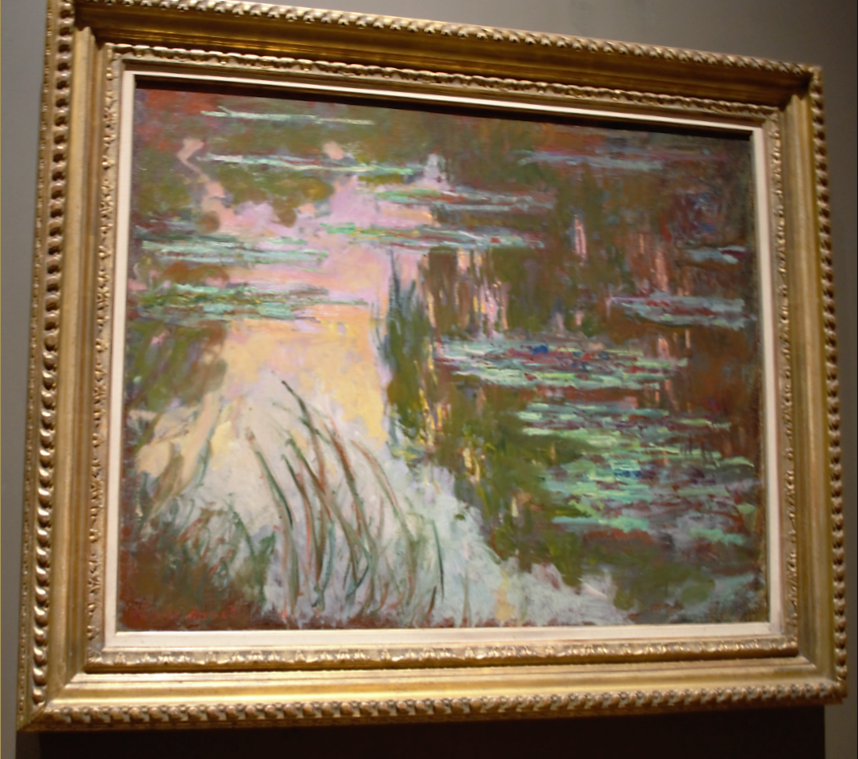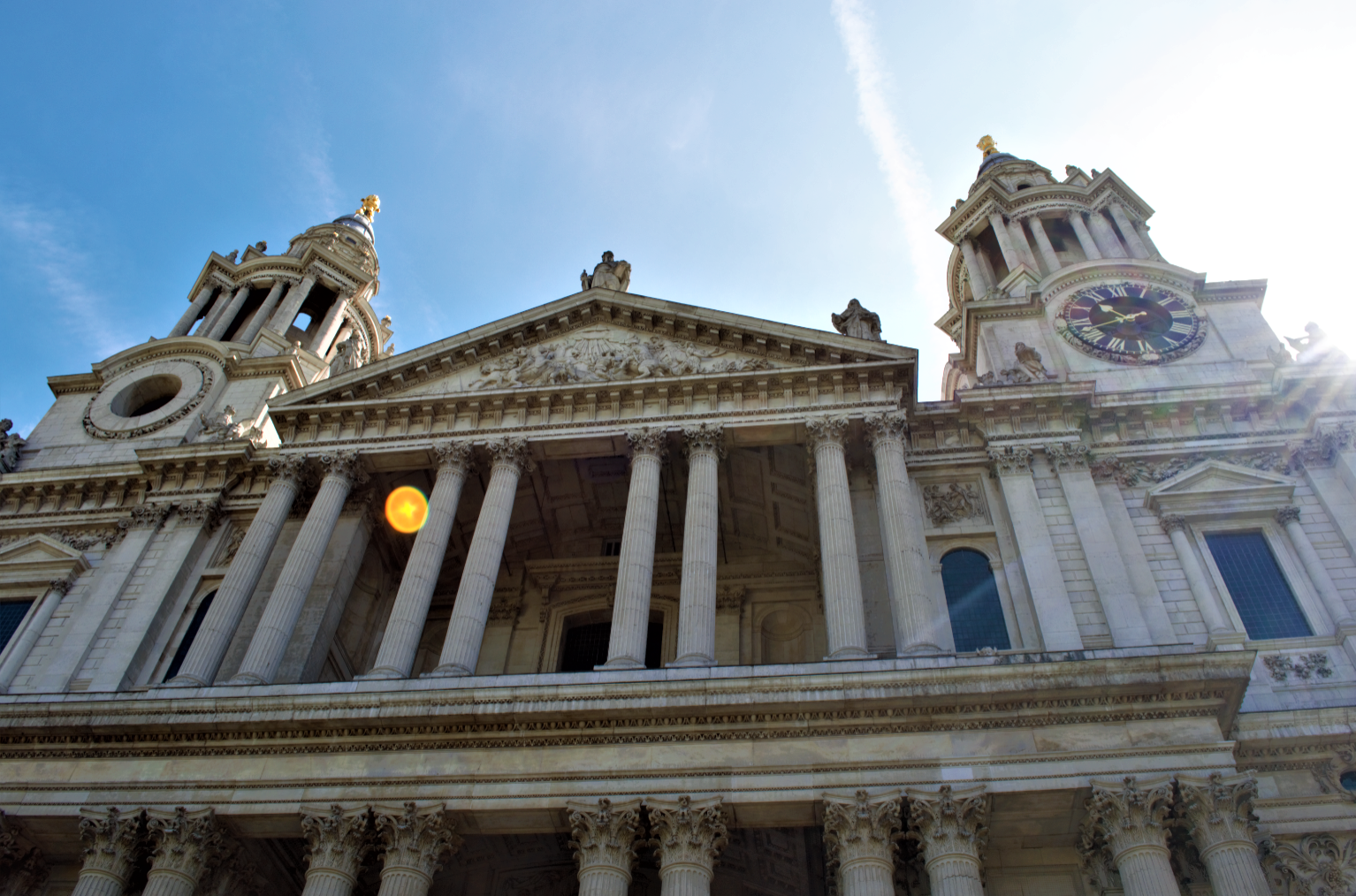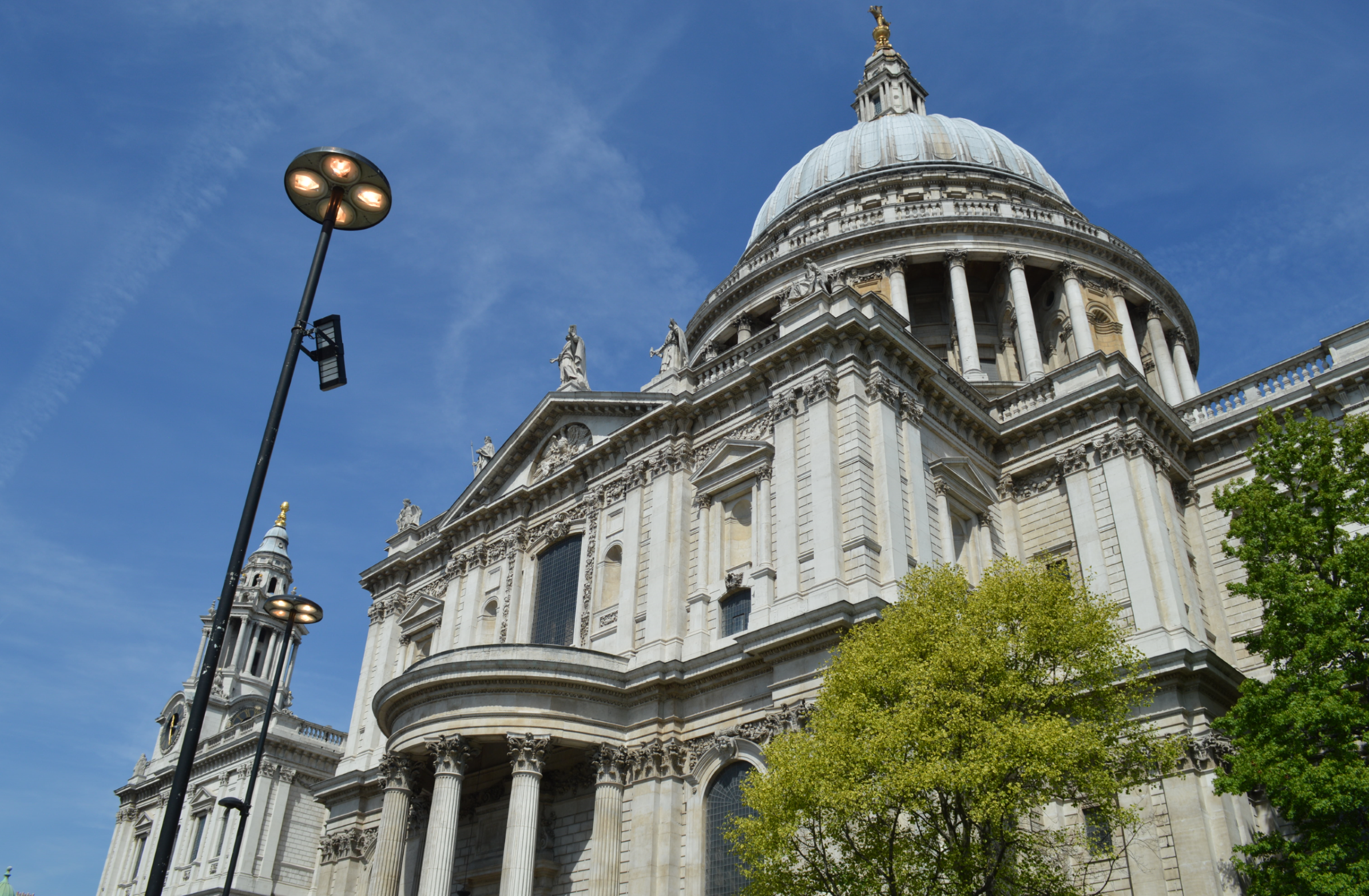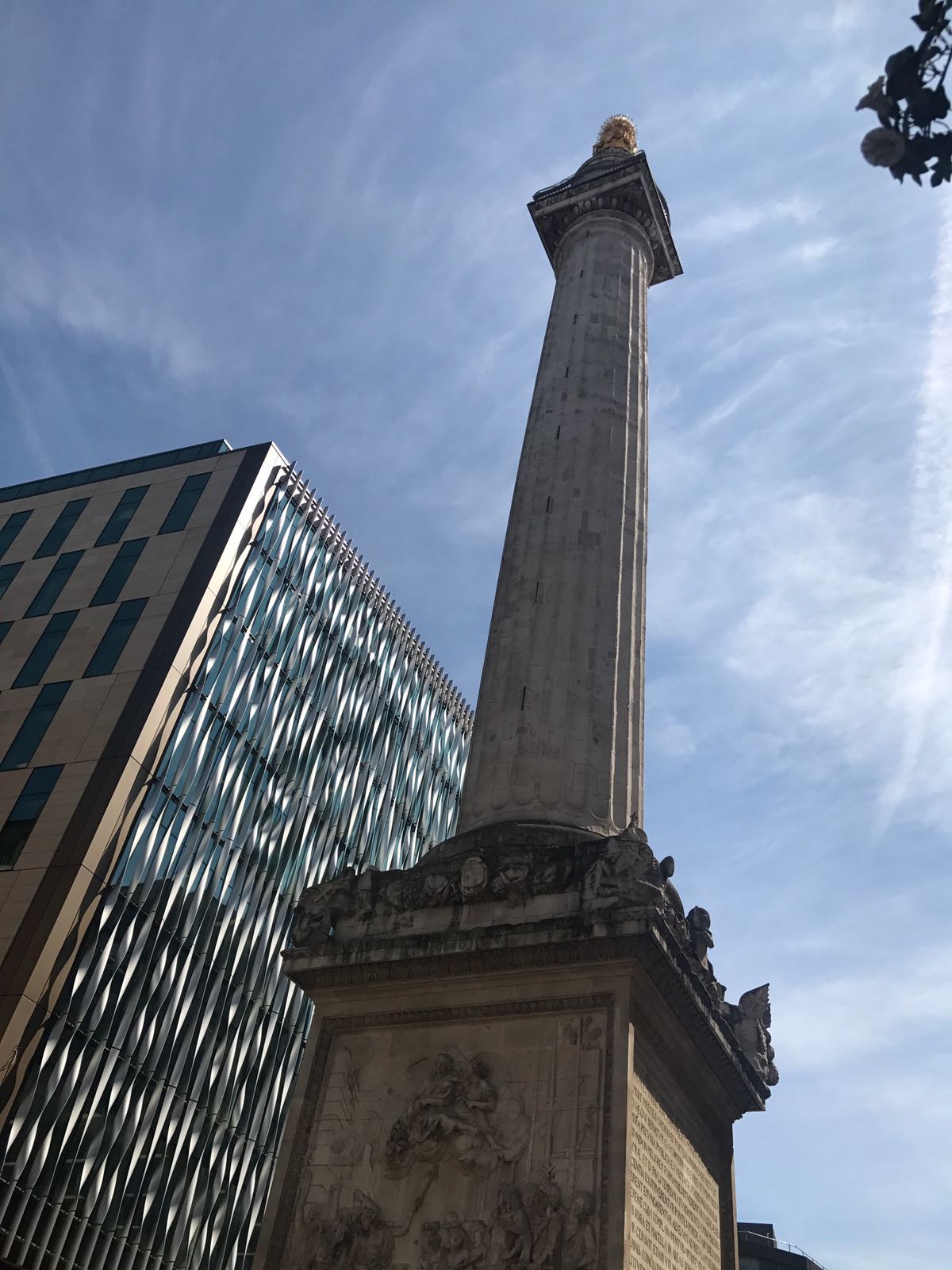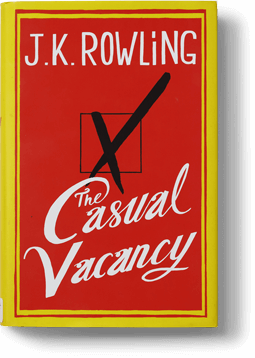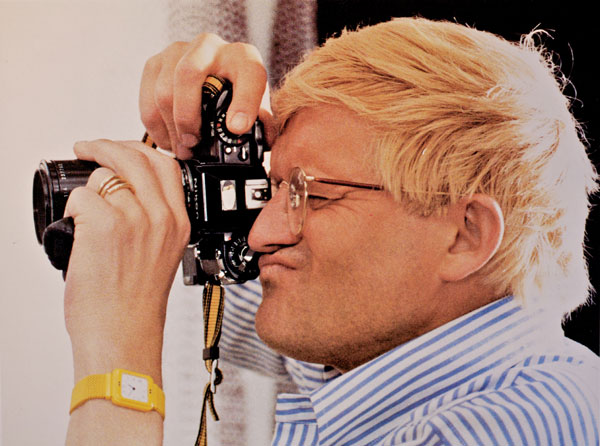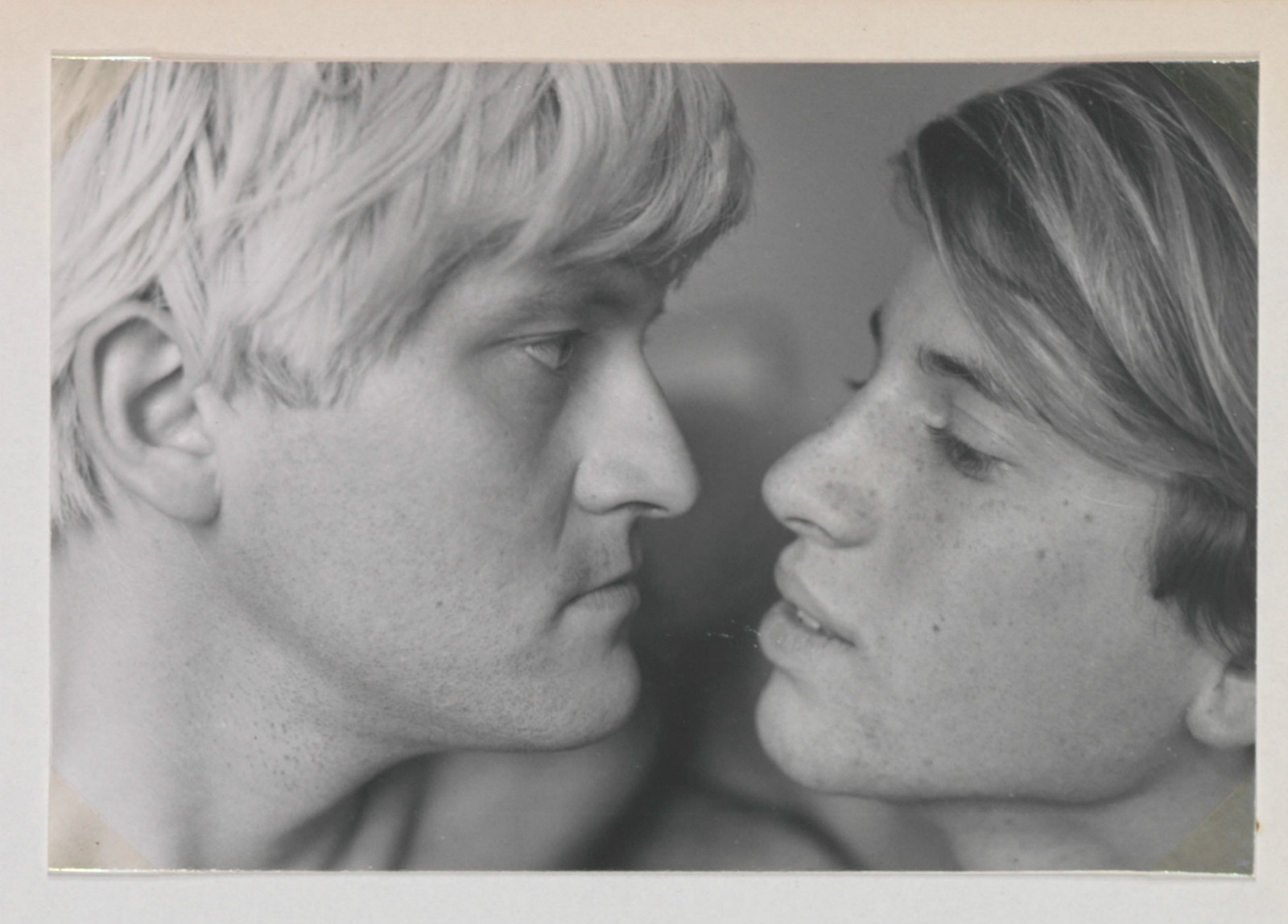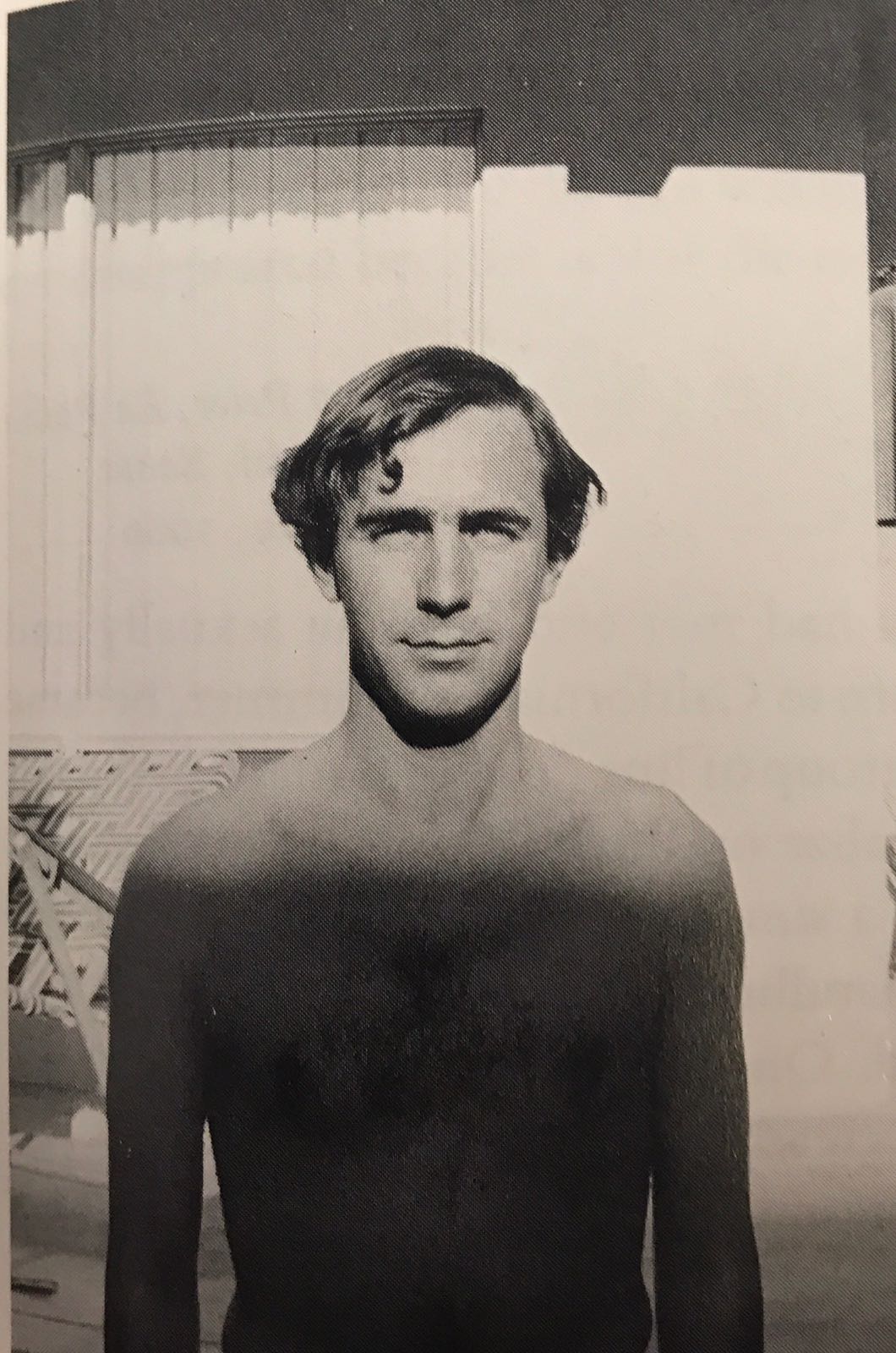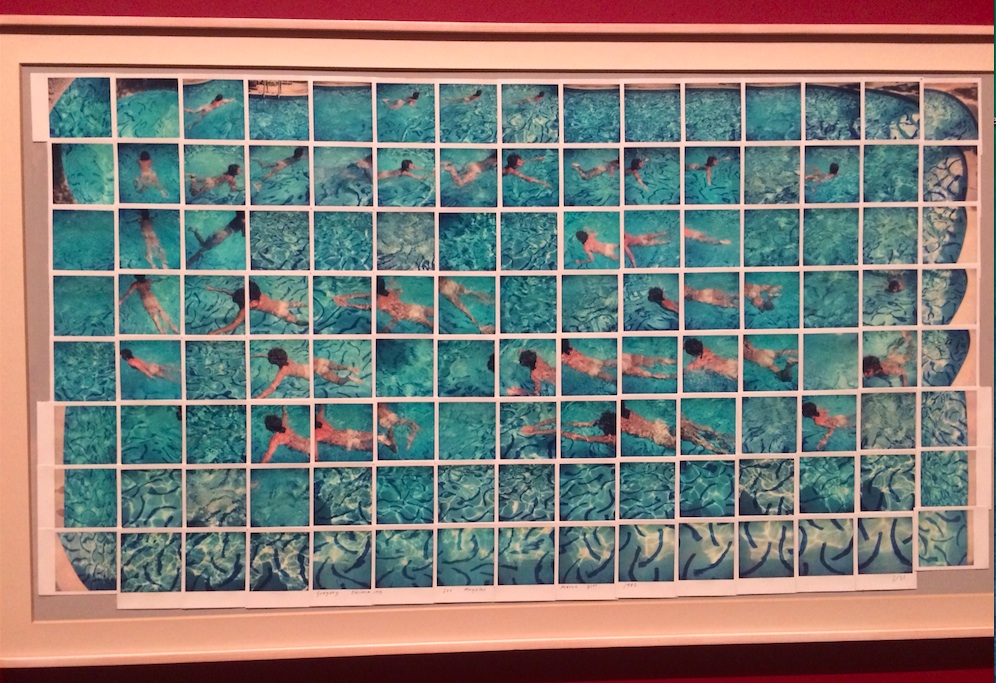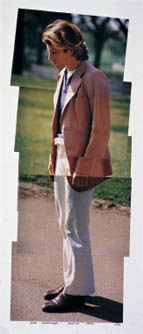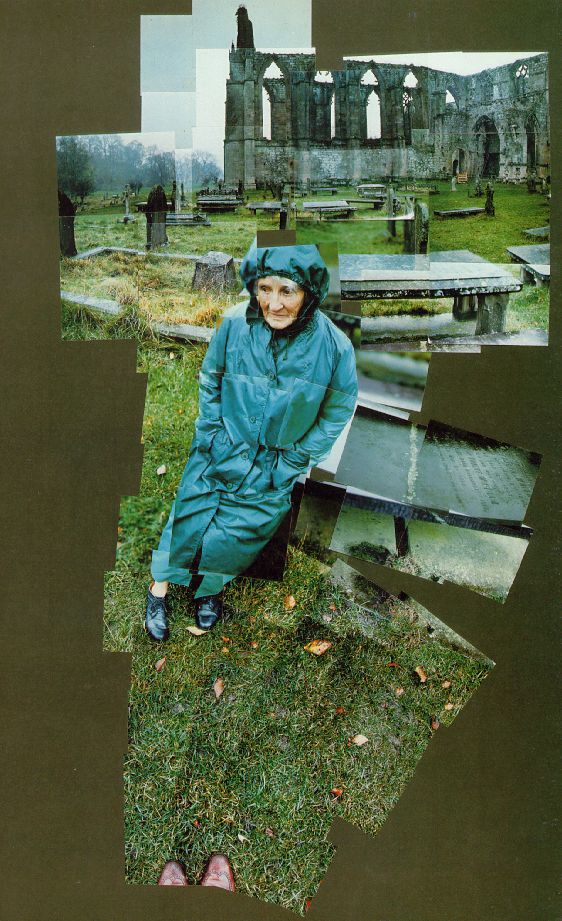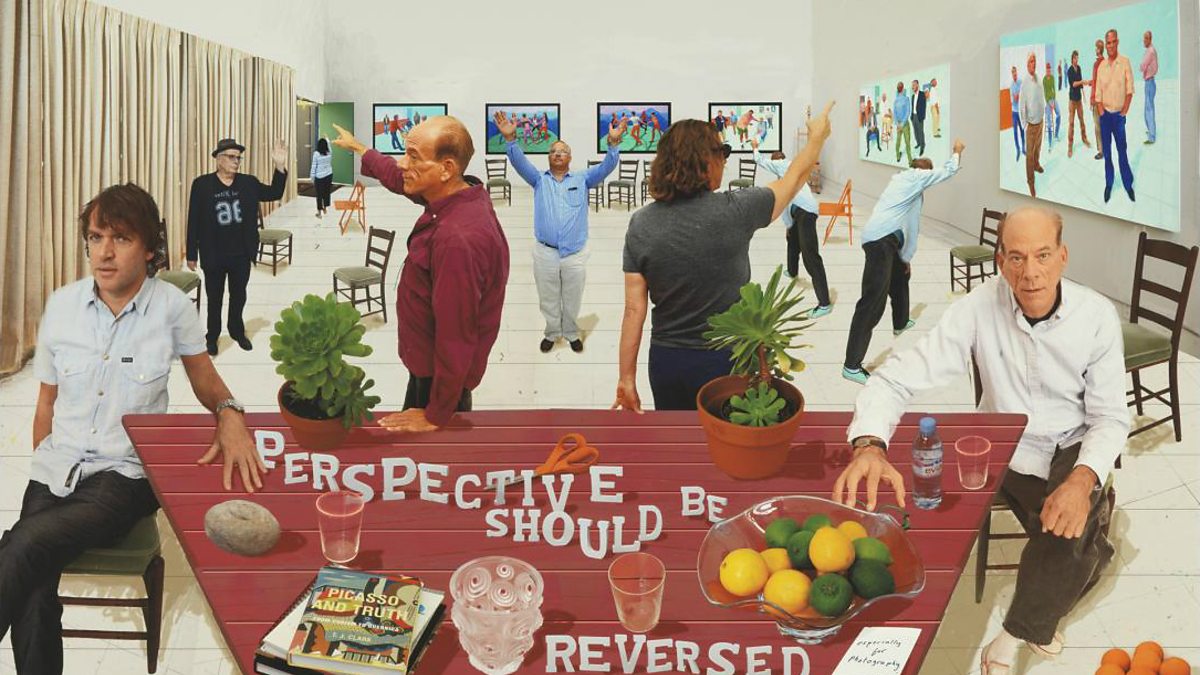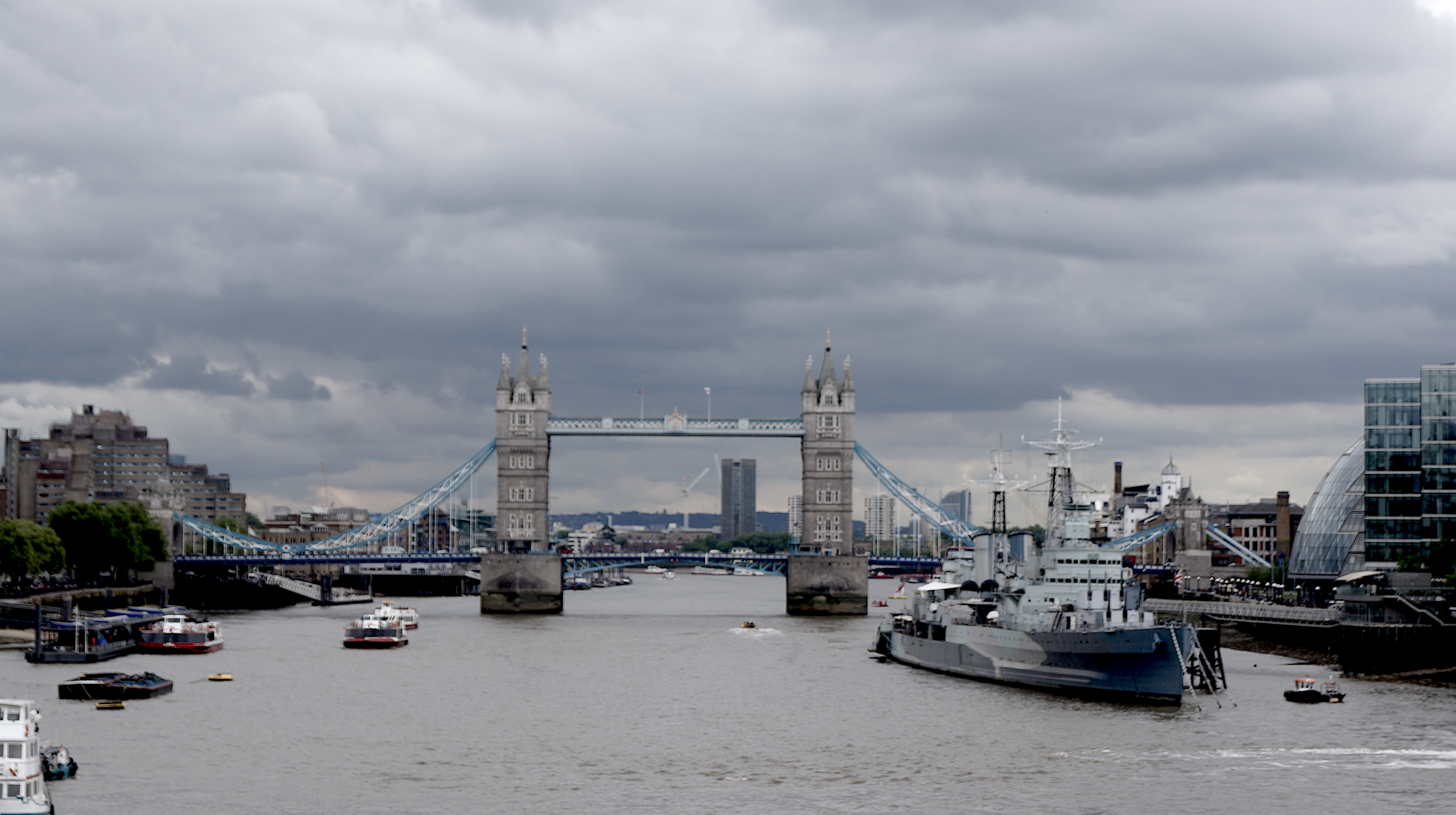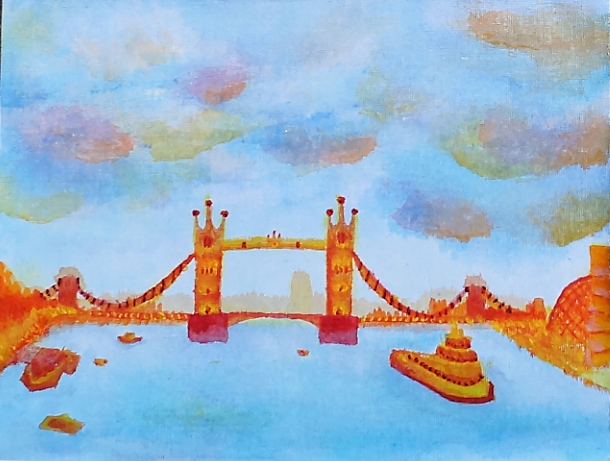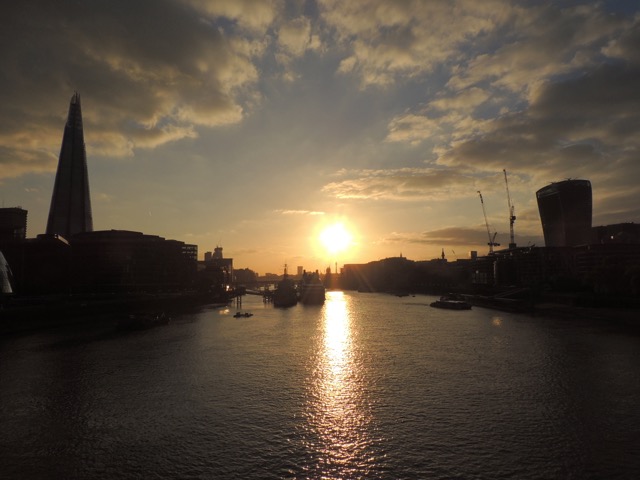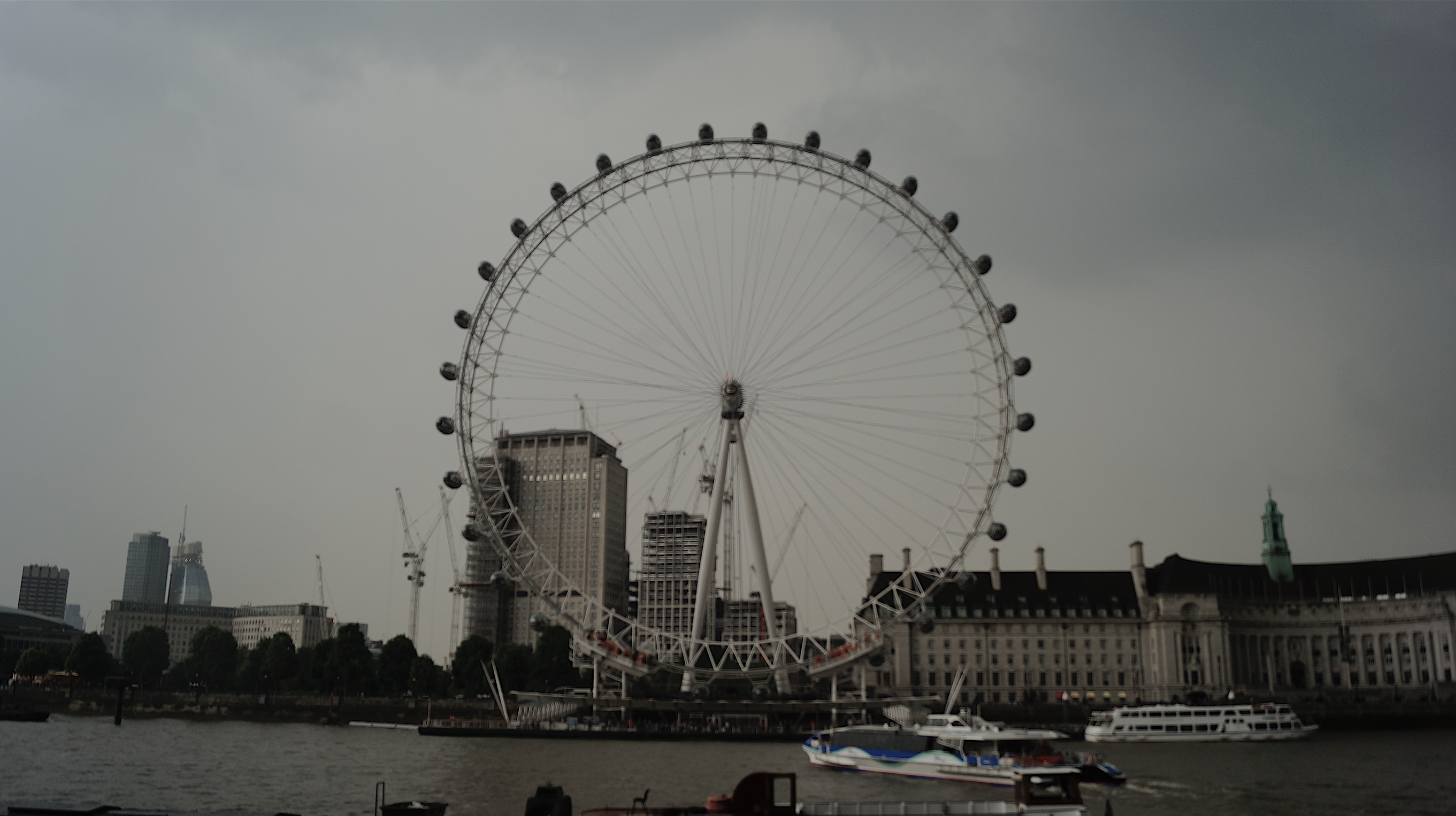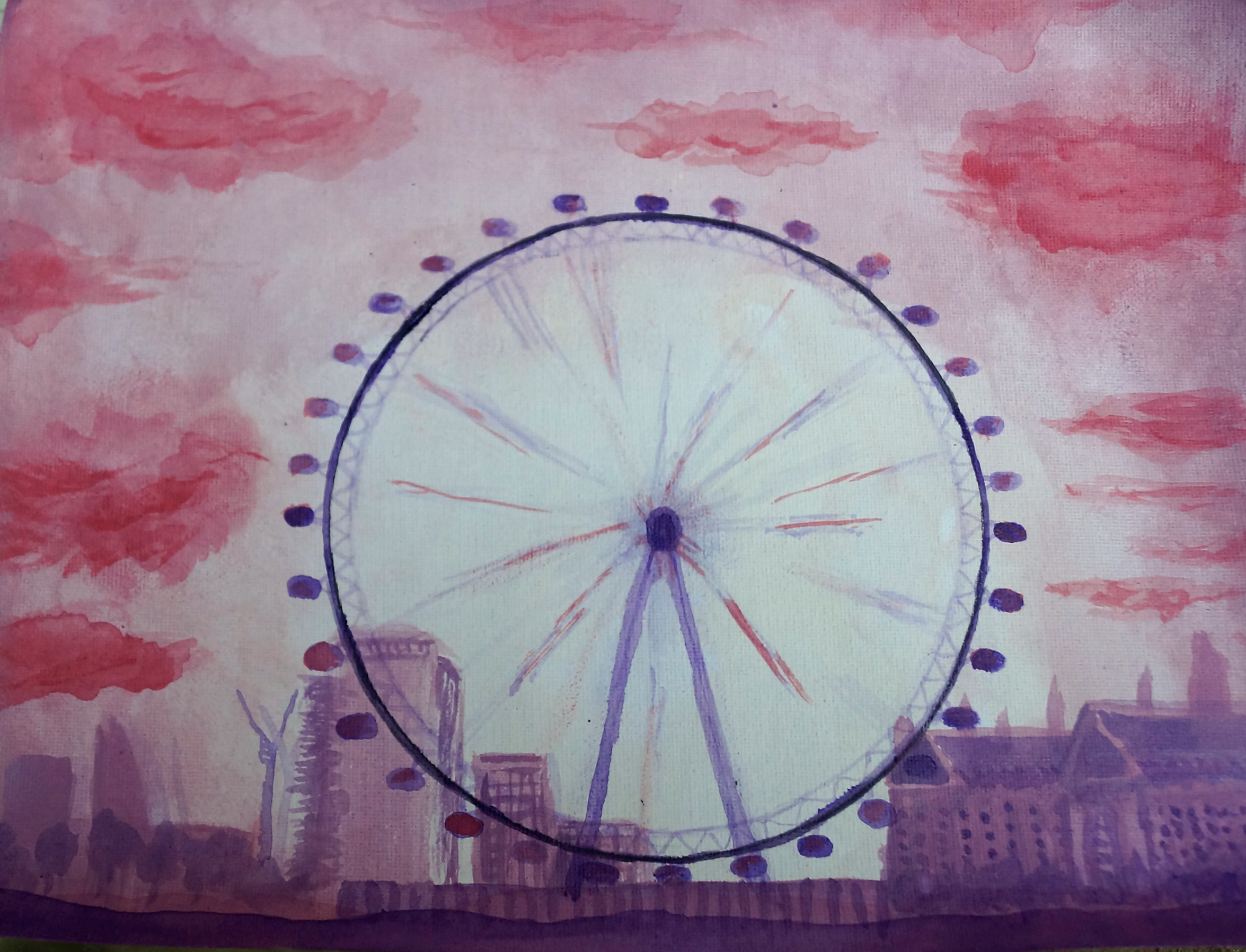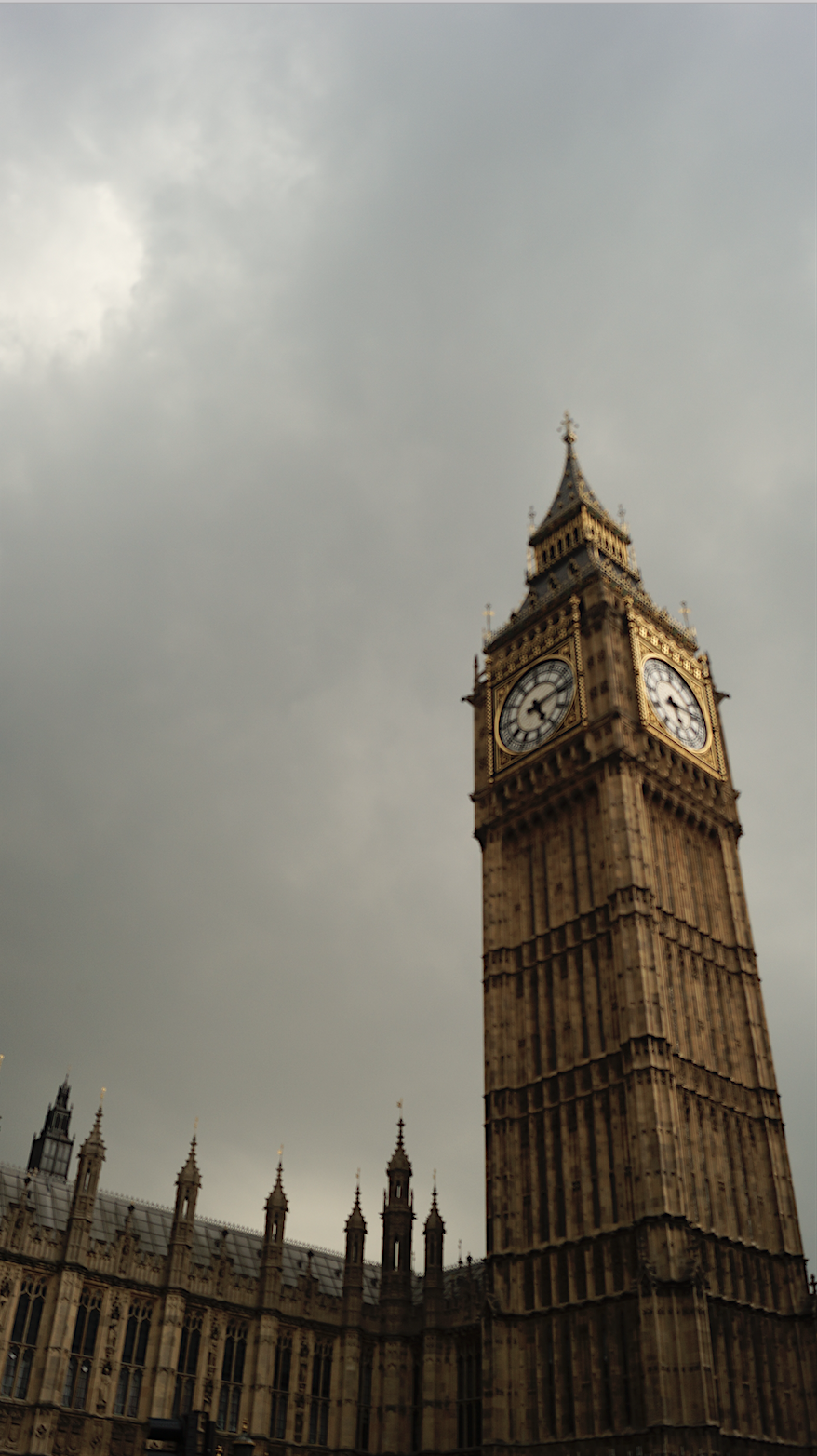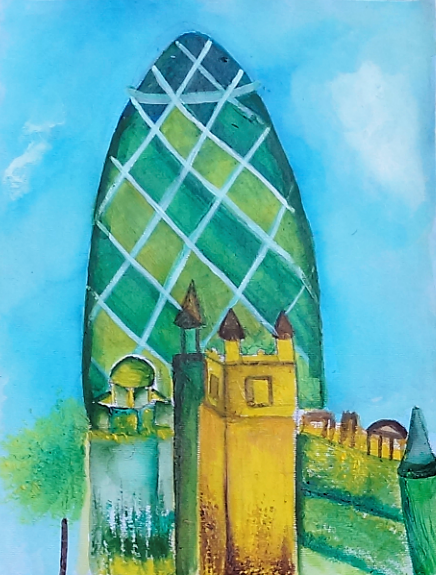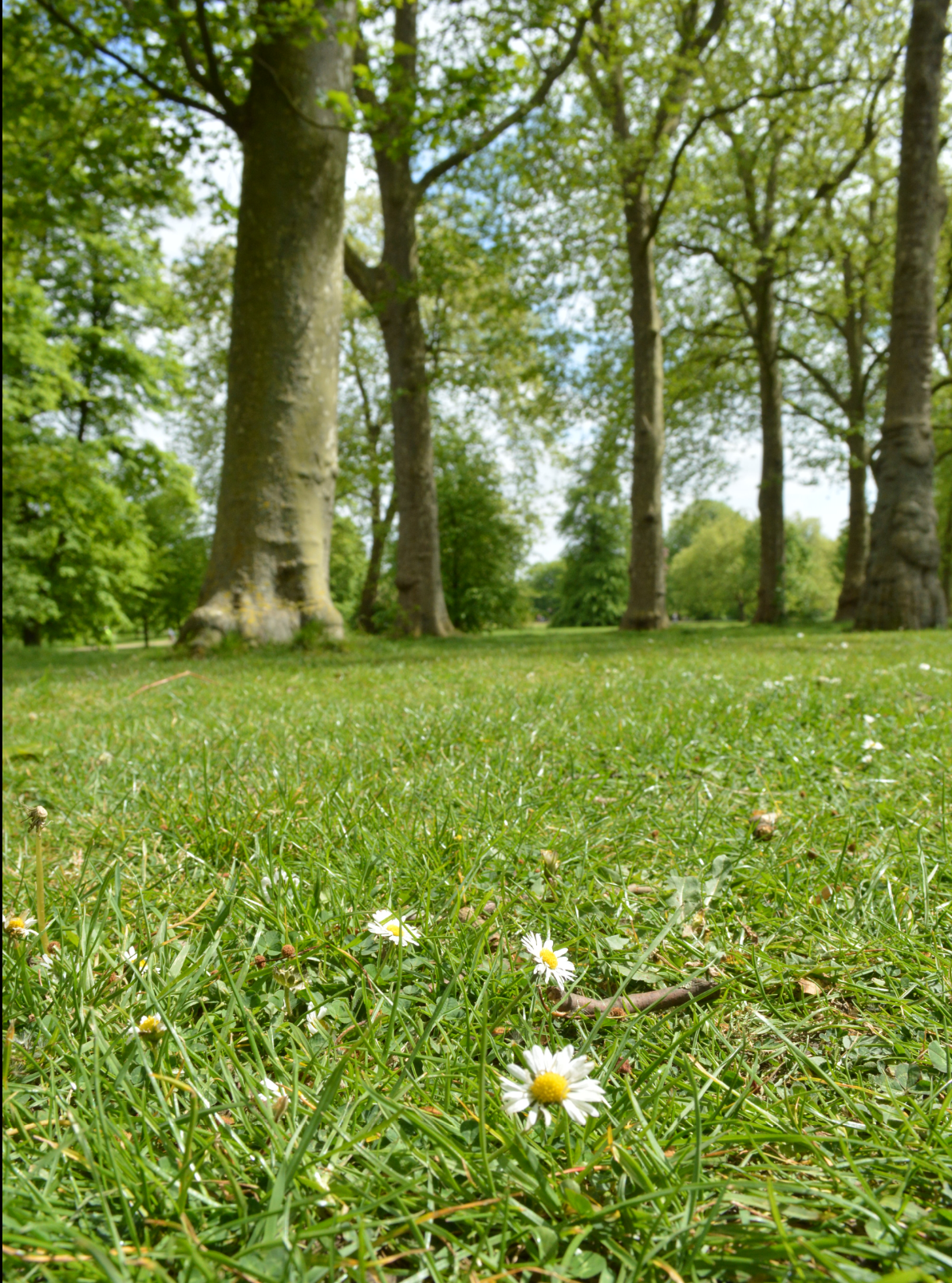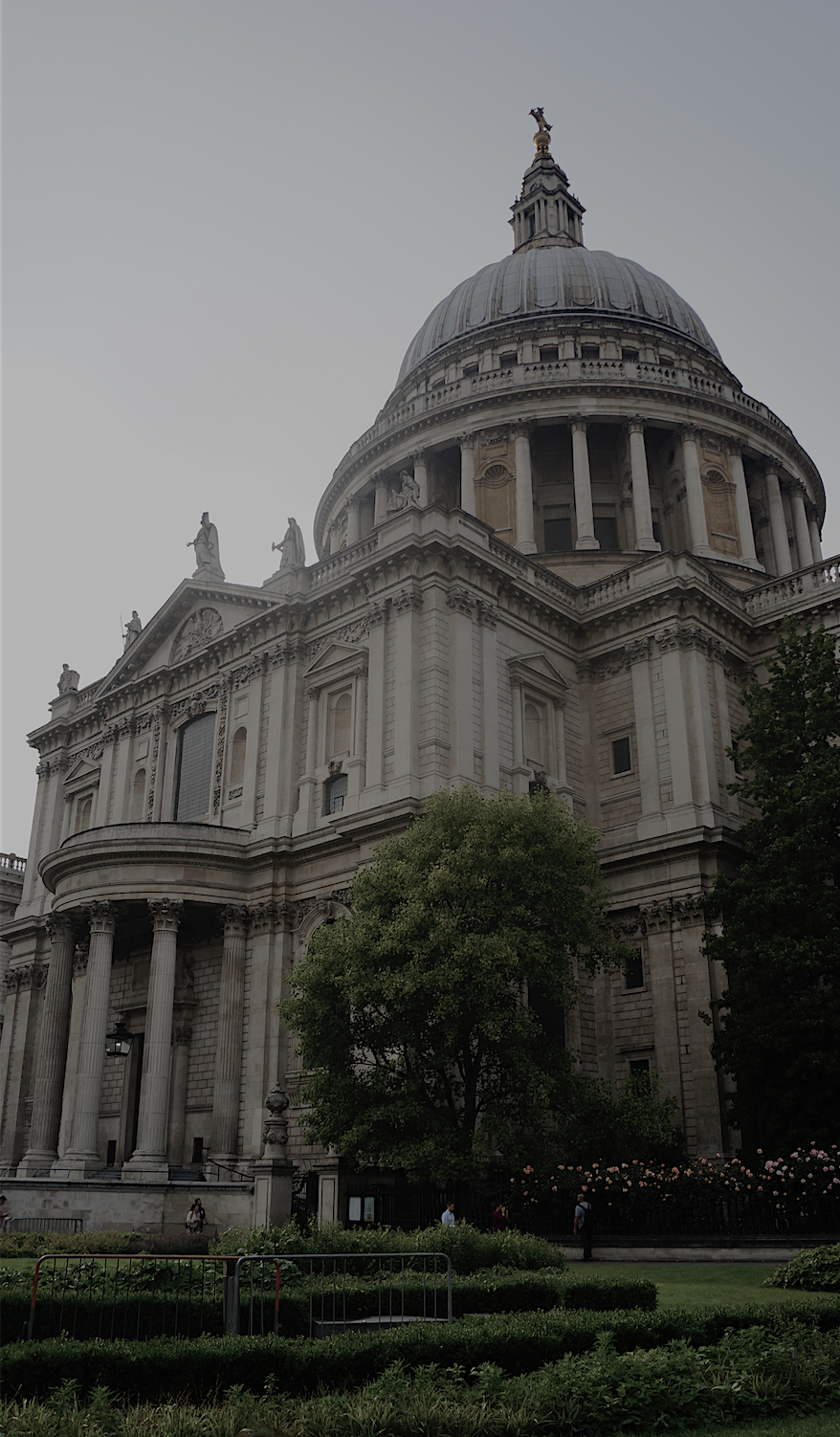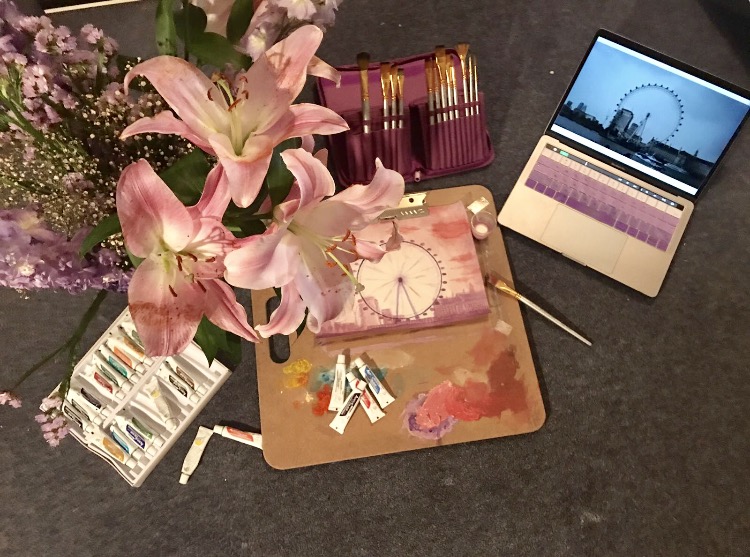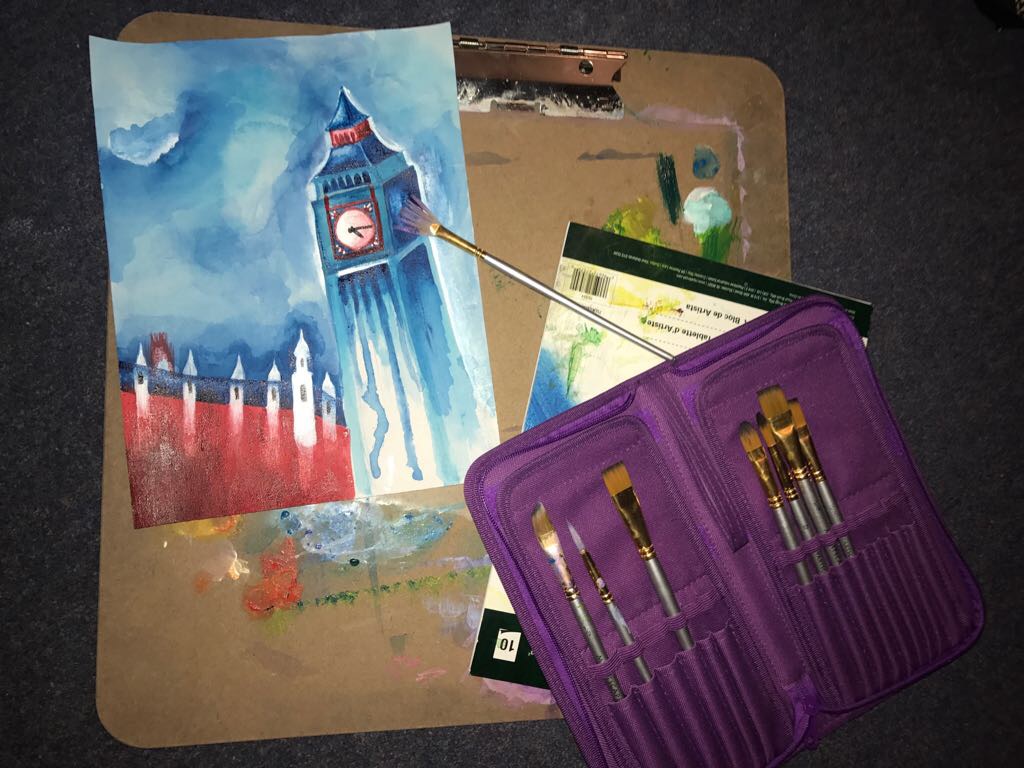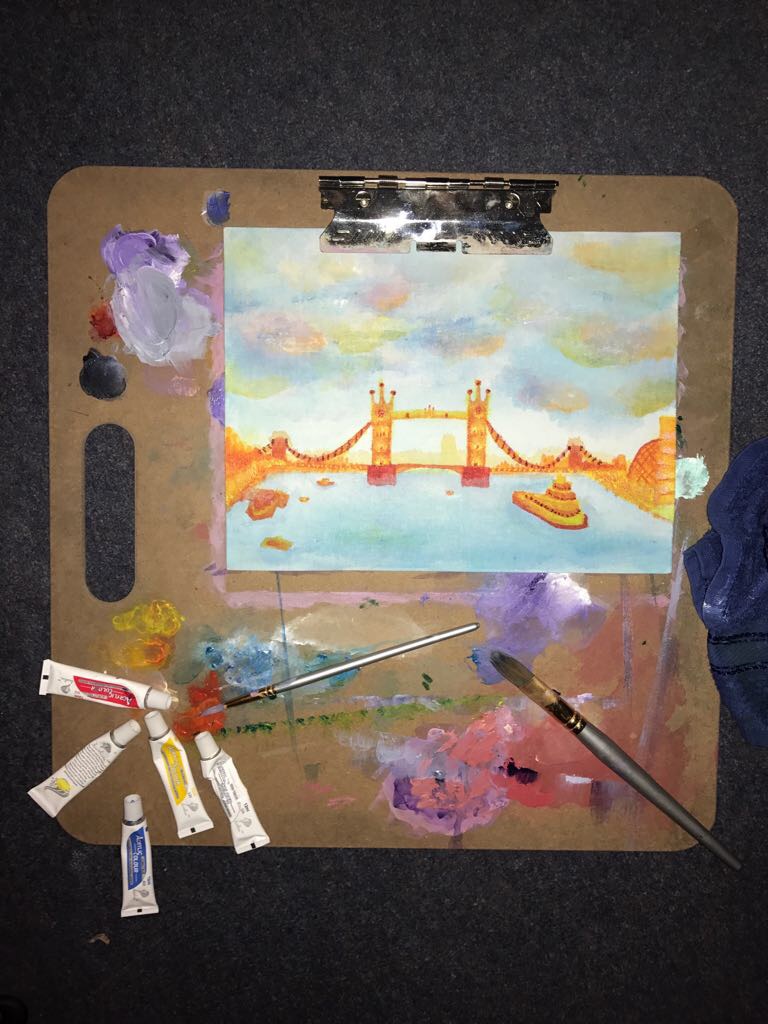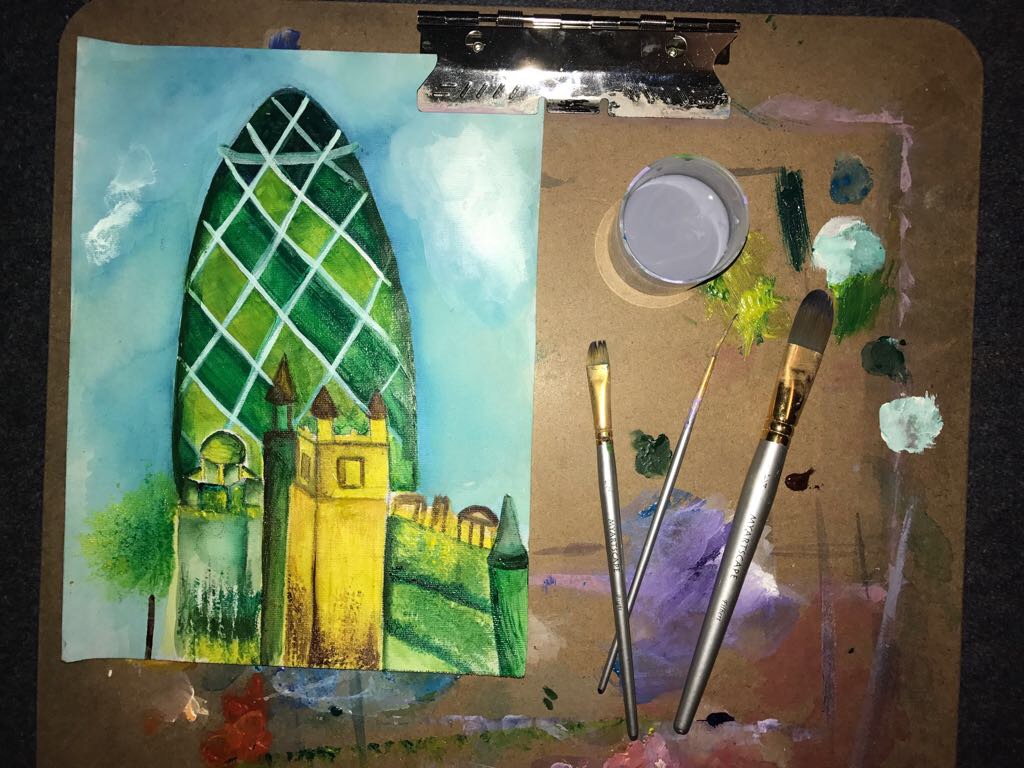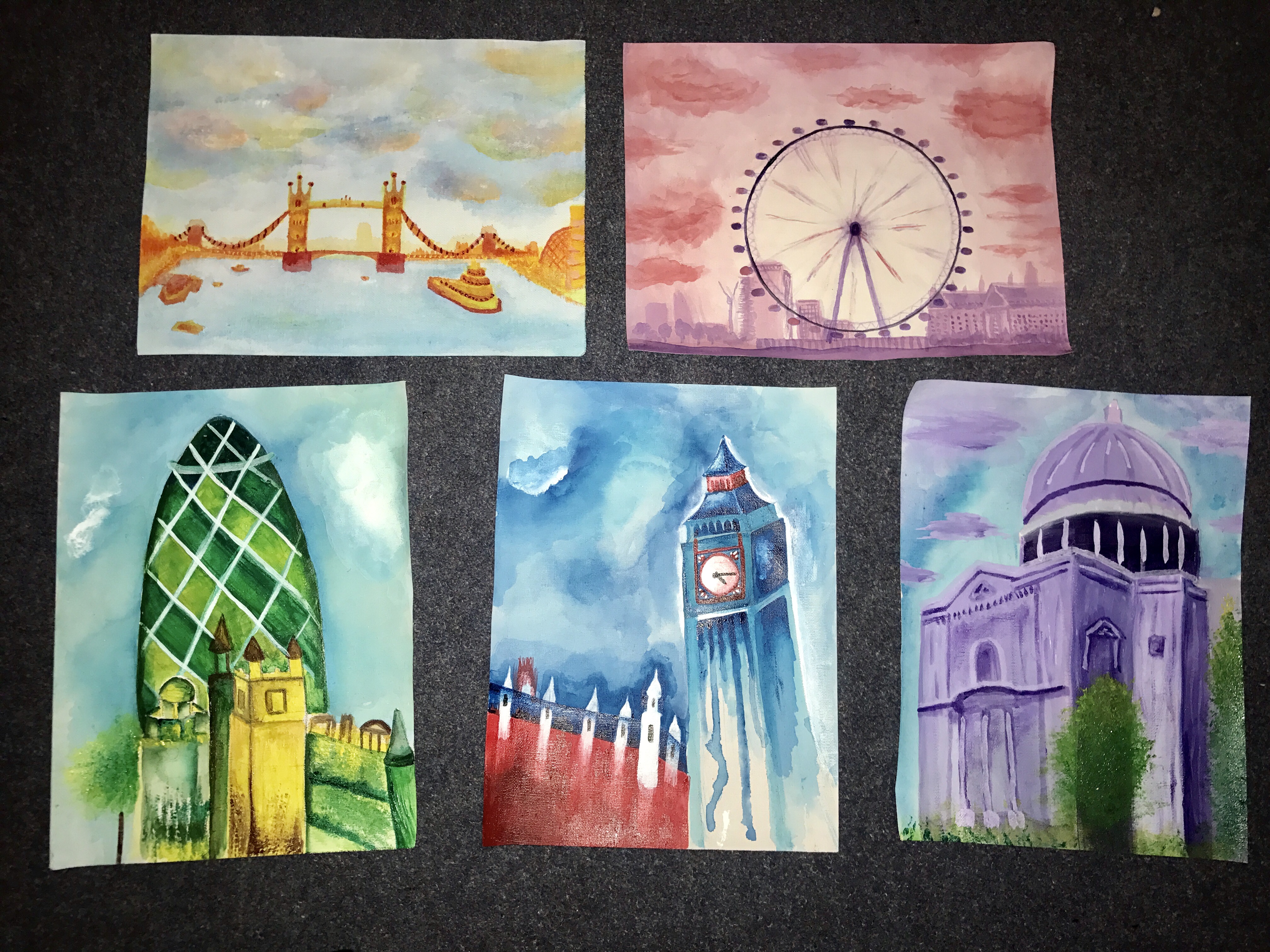Difference between revisions of "Adding Pigment"
From Londonhua WIKI
| (182 intermediate revisions by 3 users not shown) | |||
| Line 1: | Line 1: | ||
=Adding Pigment= | =Adding Pigment= | ||
| − | by [[User:akgiacoman| | + | by [[User:akgiacoman|Kristy Giacoman]] & [[User:sreyes|Sofia Reyes ]]<br> |
{{Infobox | {{Infobox | ||
|title = Adding Pigment | |title = Adding Pigment | ||
| − | |bodystyle = width: | + | |bodystyle = width:40em |
| − | |image = [[File: | + | |image = [[File:SAA.png|x450px|alt=Milestone Image]] |
| − | |caption = | + | |caption = A Homeless Man Adding Pigment to London |
}} | }} | ||
=Abstract= | =Abstract= | ||
<br> | <br> | ||
| − | [[ | + | [[User:akgiacoman|"A London Full of Colour"]] is a project that aims to portray a different reality of the daily life of London citizens. By picturing different scenarios in their reality comparing them to the reality that we choose for each one of them, the audience is able to admire the beauty and uniqueness of the city from a different perspective. Kristy has gone to international poetry competitions and taken painting and photography courses before arriving to college, while Sofia, as a future architectural engineer, is able to provide insight from a different perspective, also having taken painting lessons since a very young age. This project combines our favorite forms of expression through art and hopefully brightens the days of the viewers. The main message that we wish to convey is that every single one of us chooses the reality they want to live in, meaning that the same place could be seen as a prison for our souls or a wonderland for our imagination. Our main goal was to paint five acrylic surrealistic paintings of the most emblematic sites in London exaggerating the use of bright colors instead of the usual gray palette that is seen due to the weather. |
| + | <br><br> | ||
| + | __TOC__ | ||
<br><br> | <br><br> | ||
=Introduction= | =Introduction= | ||
<br> | <br> | ||
| − | + | The title of this Milestone was chosen to be "Adding Pigment" as for every person that goes through London is not only influenced by it and its weather as seen in [[Colourless London]], but at the same time, they leave a piece of them that adds to the beauty of this city. In the same way as they take inspiration from the amazing stories London has to tell, they create a new chapter, and if they do it well, a really good one. Each artist presented in the background of this Milestone was chosen because of their irrefutable relevance to the history of London in the artistic side. In the background, we present the way in which different situations they lived conducted them to become some of the most influential and inspiring individuals the streets of London have ever seen. Likewise, each artist is known to have revolutionized in some way their field "adding pigment" to the existing base of knowledge and techniques. From the fields of Painting, Literature and Architecture, we chose a set of six artists divided in "Artists from the Past" and "Artists from the Present" to, in some way, categorize them by periods and let the readers draw conclusions about the similar traits in their work. Inspired by these great minds, we leave in the deliverable our own works of art painting the same sites where pictures were taken for Colourless London, choosing a specific picture for each one and "replicating it" in some way with acrylic paintings, just the way David Hockey used to do with his photography. The difference, however, is that we aim to emphasize the contrast between the gray color palette seen in the pictures that characterizes London and the use of color in our paintings that represents our perspective of the city. In this way we seek to add pigment to the scenery in a literal and metaphorical way. | |
<br><br> | <br><br> | ||
=Section 1: Background= | =Section 1: Background= | ||
| − | |||
==Artistic Component== | ==Artistic Component== | ||
<br> | <br> | ||
| − | Despite the widespread social anxiety caused by the fog, many artists found in it a source of inspiration from a wide broad of perspectives. For some fog represented a looming presence, alive and malignant.<ref> | + | "Despite the widespread social anxiety caused by the fog, many artists found in it a source of inspiration from a wide broad of perspectives. For some, fog represented a looming presence, alive and malignant."<ref>Corton, C. L. (2015). London Fog: the biography. S.l.: BELKNAP HARVARD. pp 1.</ref> This quote from "The London Fog" by Corton perfectly exemplifies the way in which some people used too feel about the fog, however, for some other many artists, the fog could be seen as magical or even romantic. The same thing could be seen from very different perspectives and used for many different purposes. The fog could be used by robbers to easily disappear after their theft and the same fog could also be used by artists like Monet to show the world the beauty of a city like London. Likewise the fog could be the source of sickness and depression or could also be the source of motivation and inspiration, giving a person's mind the push needed to boost their creativity. Just like that, the city of London has been the source of inspiration and spectator of some of the greatest minds the world has seen. From painters to writers to architects, London has evoked many "shades of feelings" that have driven locals and foreigners to accomplish great things. |
<br><br> | <br><br> | ||
<br> | <br> | ||
| + | |||
==Artists From the Past== | ==Artists From the Past== | ||
<br> | <br> | ||
| − | Being a city immersed in its own history, London has seen a lot happening through its streets, and digging in the past, it is easy to find a more gloomy, mysterious and heavy perspective of the fog, enraptured in all kinds of art. The following representatives were chosen because of their imminent and irrefutable success in their disciplines. | + | Being a city immersed in its own history, London has seen a lot happening through its streets, and by digging in the past, it is easy to find a more gloomy, mysterious and heavy perspective of the fog, enraptured in all kinds of art. The following representatives were chosen because of their imminent and irrefutable success in their disciplines. |
<br><br> | <br><br> | ||
<br> | <br> | ||
| Line 43: | Line 45: | ||
}} | }} | ||
<br> | <br> | ||
| − | + | Claude Monet was a French artist of the Impressionist movement. He was actually so influential to this movement that it was named after one of his paintings called ''Impression, Sunrise''. The painting was named like that because, as stated in the book "Nature into art" by House, "you can only see an impression of the sunrise and the person in it because he changed a lot his subjects and how he depicted them". <ref> House, J. (1988). Nature into art. New Haven: Yale University Press.</ref>The the viewer has to analyze, assume and connect the dots to figure out the purpose of the painting. This was not exactly abstract art but it was definitely different from any sort of traditional art at that time. Monet was a revolutionary and the complexity of his works continues to amaze the most demanding art critics and attract collectors from all over the globe. Unlike many other famous artists, when Monet started, he had no prior knowledge of art techniques, which may have been the cause of him developing his own. However, he was surely inspired by many other artists before him. Today Monet is one of the best-known artists in the world. In the creation of his own style, his purpose was to overcome the tradition of detailed works of art and use intense brushstrokes to create an impression of a painting. According to his biography, "Monet by himself", he started painting in Paris many scenes of the Seine river as well as impressions of landscapes of the place he lived in at different times of the day. This specific trait defines his work, because this technique was not only very useful for practice, but also allowed the viewer to perceive the scene from different perspectives of the same place and by the same artist as he played with the changes in light. We can clearly see this technique in one of his biggest collections of paintings; Water Lilies, that he painted when he was living in Givenchy. Monet moved a lot during his life mainly within France, however, during the Franco-Prussian War, he moved to London for two years. <ref> Monet, C., & Kendall, R. (2003). Monet by Himself: Paintings, drawings, pastels, letters. Boston: Little, Brown, Chapter 1. </ref> | |
<br><br> | <br><br> | ||
| − | + | During his time in London, he couldn't help but immerse himself in the captivating inspiration that emerged from the city's mesmerizing views. Using his technique, he painted many of its landscapes and buildings at different times of the day, as he was known for. He painted many views from the Thames, including Parliament and Westminster and even though it was only for a short period of time, his time in London marked his artistic career. In the book "London Fog, Christine Corton states: " His short stay in London resulted in the largest series of paintings that he had yet produced." <ref> Corton, C. L. (2015). London Fog: the biography. S.l.: Belknap Harvard. pp 182. </ref> Monet, as many other artists, admired the London fog and its presence in his paintings was not only evident, but often even highlighted. The fog gave his paintings some sort of uniqueness and contributed to his Impressionism. As Christine Corton said in her book ''London Fog'' Monet commented " Without the fog, London wouldn't be a beautiful city... It's the fog that gives it it's magnificent breadth".<ref> Corton, C. L. (2015). London Fog: the biography. S.l.: Belknap Harvard. pp 184. </ref> This was a very outlandish way of viewing one of the nation's greatest struggle, but once again, he was a revolutionary. He was most likely intrigued by the fog as it went alongside his style and it was in such an abundance he had never seen before. There was probably not another city in the world that united the large amounts of fog and the astonishing man-made landscapes that were also full of meaning and history. In his paintings, he portrays the fog as part of the landscape or the impression of the landscape, which gave him great popularity due to his creativity and the originality of his works. In that time, there was certainly no other painter like Monet. | |
<br><br> | <br><br> | ||
| − | + | Yet he did not paint with a lot of details, he created his works in such a way in which any Londoner would recognize the setting of his paintings. In addition to this, as he painted the same scene in different times of the day, he changed the colors to illustrate the different light patterns. The "special touch" or as we call it in this milestone "pigment" Monet added to his field was his originality and how even though he painted the same scene many times, each painting was unique. As posted in the official webpage of the National Gallery, in Monet's paintings "distance and perspective are abolished; a limitless expanse of water occupies our entire field of vision." <ref> https://www.nationalgallery.org.uk/paintings/claude-monet-water-lilies </ref> His paintings portrayed the idea of constant change and the beauty of it, in House's book, "Nature into art", he explains how Monet worried a lot about "the ever-changing environment and the effects of light in his paintings." <ref> House, J. (1988). Nature into art. New Haven: Yale University Press.</ref> Even though it was the same landscape, this technique allowed the viewer imagine that it was a completely different environment. He focused a lot on the effects of light of the painting and used a distinct color palette for each painting. This different use of light and color provided him the irrefutable fame he keeps until today, when his biography is now studied at schools and his techniques are implemented by artists all around the world. | |
<br><br> | <br><br> | ||
| − | |||
| − | |||
<gallery mode="packed-hover" heights="180"> | <gallery mode="packed-hover" heights="180"> | ||
| − | File: | + | File:MM1.PNG|''The Thames below Westminster''<br> |
| − | + | File:Monet_Irises41.PNG| ''Irises'' <br> | |
| − | File: | + | File:M01.PNG|''Water Lilies at [[Tate Modern]]'' |
| − | + | File:Mone_Pond_41.PNG| ''The Water-Lily Pond'' <br> | |
| − | + | File:Monet_Setting.PNG| ''Water-Lilies, Setting Sun'' <br> | |
| − | + | File:MM.PNG|''Snow Scene at Argenteuil''<br> | |
| − | |||
| − | |||
| − | <br | ||
| − | |||
| − | File: | ||
| − | File: | ||
| − | File: | ||
| − | |||
| − | |||
| − | |||
| − | File: | ||
</gallery> | </gallery> | ||
<br><br> | <br><br> | ||
| Line 79: | Line 68: | ||
}} | }} | ||
<br> | <br> | ||
| − | Charles Dickens was the second of eight children | + | Charles Dickens was part of a huge family, being born the second of eight children on 1812, in Portsmouth, England. His parents named him Charles John Huffam Dickens and even though many people have heard about him and his work, not everyone knows about his middle names because he decided never to use them and e simply known as Charles Dickens. Even though he was raised with high aspirations of himself, it is almost impossible for him to have imagined the reach of his literary work in later years and how much his early life would influence him in the future. He was in London for the first time at the age of three because of his father's work. Although most people are unaware at such an early age, it is believed that he "absorbed the sights, smells and sounds of the City" according to his biography in the official Dickens London Tours. <ref>Charles Dickens Biography. (n.d.). Retrieved June 06, 2017, from http://www.dickenslondontours.co.uk/dickens-biography.htm</ref> As in any big family, money issues started to arise, however, that did not stop them from being happy in the early days. Nevertheless, it became a real problem for Charles when he was twelve, as his father was imprisoned for debt. To help with the family needs, Charles was forced to leave school and start working. We can easily infer that he did not make much money as a twelve year old, and that having his childhood taken away from him because of his parents mistakes left him very unhappy. For it was not his fault at all that his father was imprisoned, but yet he had to pay for his mistakes. This caused him great suffering but he sacrificed himself to help his family. As his biography by Biography.com Editors mentions, "He felt abandoned and betrayed by the adults who were supposed to take care of him."<ref>Charles Dickens. (2017, April 28). Retrieved June 06, 2017, from https://www.biography.com/people/charles-dickens-9274087</ref> |
<br><br> | <br><br> | ||
| − | + | Even though he had no clue back then, this situation gave him the freedom to explore the streets and corners of London. He got to know every secret the city had, and by paying close attention to his surroundings he was able to get to know it "like the back of his hand". However, Dickens is credited with a passion for London and according to Michael and Mollie Hardwick in their book Dickens's England, "he entertained no such thing". For he grew up in the streets of London and this was not by choice, which allowed him to "greedily observe and absorb the city" getting to know it with "extensive and peculiar knowledge" as said by Michael and Mollie Hardwick, "but not loving it". <ref>Hardwick, M., & Hardwick, M. (1970). Dickens's England. London: Dent</ref> Despite this, it was not all bad for young Charles, because living as an adult while being a child also must have formed his character from a very early age and force him to mature and above all... think. Then according to a biography posted by BBC, for a short period of time he was able to go back to school when his father received and inheritance and was let free. However, his freedom lasted for a short period of time, as by the age of fifteen the biography in BBC's official website tells that he got a job as an office boy to help out his family again. <ref> BBC . (n.d.). History - Charles Dickens. Retrieved June 06, 2017, from http://www.bbc.co.uk/history/historic_figures/dickens_charles.shtml</ref>Maybe this was not what he would have wanted for himself but this job propelled his writing career. His career began as a journalist for a local news paper, as many other authors. This job also allowed him to get to know a lot of people and start building a network of contacts that would allow him to keep escalating up in his career. Even back then he could infer the importance of "knowing people" so he did and soon he started getting better and better jobs still as a journalist, collaborating also with other artists to create material for the press. He started publishing monthly parts of what he called "The Pickwick Papers" in the newspaper and it was a massive success. By this time, Charles's personal life was also going very well, as in 1836 he married Catherine Hogarth, who would give him the great gift of parenthood about a year after. Charles gave his name to his first son with Catherine Hogarth, who would give him another nine children. | |
<br><br> | <br><br> | ||
| − | After | + | After his first great success, he started to write nonstop and still with great quality, style and attention to detail. Very few people know London as he did, which allowed him to be the voice of the city itself. He had a very special way of writing about London granted by the events he went through in his childhood to what he also added his own touch. His increasing popularity allowed him to travel the world with his wife and even live in different places with her. However, he never took traveling as a vacation, for he continued to write and publish during these periods of time as if his travels only inspired him more and more instead off exhausting him. He was also, in general, a very nice person as he helped to found "The Guild of Literature and Arts" which was an organization that helped young artists struggling to make it through by presenting plays to the public. As he has once struggled in his life he probably founded this to help other fellow artists struggle a little bit less as they started to build their career just like he did. In addition to this, he also often performed as a character in the plays presented by that organization. Close to the end of his life, Dickens separated from his wife and started to see his children less. In the biography of Charles Dickens posted in the official website of the Dickens London Tours, Charles's daughter Kate recalled, "My father was like a madman… He did not care a damn what happened to any of us. Nothing could surpass the misery and unhappiness of our house." <ref>Charles Dickens Biography. (n.d.). Retrieved June 06, 2017, from http://www.dickenslondontours.co.uk/dickens-biography.htm</ref> Also according to that same biography, rumors spread about Charles Dickens's marriage ending because he was having an affair with his sister-in-law Georgina Hogarth. Dickens died at the age of 58 in England and was buried in Poet’s Corner at Westminster Abbey. The most amazing thing about his unique perspective of London is the way despite all the struggles his life brought to him, he never stopped writing. And this is proven by the fact that by the time of his death he left his final novel "The Mystery of Edwin Drood" unfinished. <ref>Charles Dickens. (2017, April 28). Retrieved June 06, 2017, from https://www.biography.com/people/charles-dickens-9274087</ref> Charles Dickens is taught in schools all around the world as one of the main characters of English Literature, and he became himself a source of inspiration immediately linked to London. |
| − | |||
| − | |||
| − | |||
| − | Charles Dickens is | ||
<br><br> | <br><br> | ||
<br> | <br> | ||
| Line 101: | Line 86: | ||
|data2 = | |data2 = | ||
}} | }} | ||
| − | + | <br> | |
| + | Tinniswood said in his book "His invention so fertile" that Christopher Wren "was the greatest architect Britain has ever known" <ref> Tinniswood, A., & Graham, N. (2005). His invention so fertile: a life of Christopher Wren. London: Royal National Institute of the Blind.</ref> London and its skyline wouldn't be as we know them nowadays if it wasn't for Sir Cristopher Wren and his irrefutable talent and hard work. In the year 1666, London was struck by a great tragedy that destroyed the majority of the city. This incident started as an honest mistake in a bakery shop. The Great Fire of London demolished many buildings in London including the greatest buildings. These buildings were not made of wood but when the rock was heated, it exploded. After this enormous catastrophe, Sir Christopher Wren was given the urgent task of reconstructing many churches. St. Paul's Cathedral was his biggest work with his design of the dome. St. Paul was above all the work of his life, not only because of the magnitude of the project but also because of how much time he devoted to it. You can see this dome from various views from different angles of the city. Each angle shows the magnificent glory of its design, however, my personal favorite is from across the Millennium Bridge. This Cathedral is one of the most visited landmarks in the city because everyone wants to appreciate the design not only from the outside but also from the inside. Wren designed and reconstructed this building to wonder everyone that seeks to appreciate it today. | ||
<br><br> | <br><br> | ||
| − | Christopher Wren was | + | As incredible as it may sound, the architect that designed the majestic dome in St. Paul's Cathedral was also a skilled scientist with several other talents that were all probably useful in some way during the process of designing and building the cathedral. As Lisa Jardine said in her book about Wren called ''On a grander scale: The outstanding life of Sir Christopher Wren'': "Wren was a versatile genius who could have pursued a number of brilliant careers with equal virtuosity. A mathematical prodigy, an accomplished astronomer, a skillful anatomist, and a founder of the Royal Society"<ref> Jardine, L. (2004). On a grander scale: the outstanding life and tumultuous times of Sir Christopher Wren. New York, NY: Perennial. </ref>, Wren was a genius. He started his career as a scientist and graduated from Oxford University, which fills the institution with pride and they ensure it is widely known. Sir Christopher Wren was very knowledgeable and his most intimate friends were also renown scientists, brilliant people responsible for the greatest accomplishments in a wide variety of fields. This is proven by the text written on the cover of the book "His invention so fertile: A life of Cristopher Wren" by Tinniswood and Graham: "Wren's famous research in science included: mapping the moon and the stars, investigating the problem of longitude and the rings of Saturn, and carrying out groundbreaking experiments into the circulation of the blood."<ref>Tinniswood, A., & Graham, N. (2005). His invention so fertile: a life of Christopher Wren. London: Royal National Institute of the Blind.</ref> And not only did he make his own research but also collaborated with his fellow scientists' work as stated by the author Lisa Jardine: "His observations on comments, meteorology, and muscular action made vital contributions to the developing ideas of Newton, Halley and Boyle." <ref> Jardine, L. (2004). On a grander scale: the outstanding life and tumultuous times of Sir Christopher Wren. New York, NY: Perennial. </ref> Also, just as in Dickens's case, his network helped him escalate in his career, getting to know many important people of his time. As supported in the book "Wren" by Margaret Whinney, "His connection to the Royal Society brought him into personal touch the King. He mapped moons and the trajectories of comets for kings and lived and worked under six monarchs." <ref> Whinney, M. (1971). Wren. London: Thames & Hudson. </ref> As it is easy to assume, back then, it was extremely important to have contact with the King, it opened an infinite amount of doors sometimes without the need of even knocking. Wren's career as an architect succeeded mainly because of this connection with royal people, as when he was appointed to rebuild the city after The great Fire of London, he ended up building approximately 50 churches. And as everyone was delighted with the course of his work, Wren also worked at Hampton Court Palace rebuilding the south view. |
| − | he | + | <br><br> |
| + | It is important to emphasize as well how amazing it was that he succeeded in the field of architecture without any previous knowledge about it, making it up with the knowledge he had of other fields such as math. He is the greatest example of how, with hard work and the right connections, there is nothing unachievable. He must have had outstanding observation skills and was probably inspired by a couple of architects of his time. Little did he know he was to become an architect that would continue to inspire many, even centuries after his death. Also, as he succeeded in architecture, he never forgot his passion for science as many of this buildings had scientific purposes that very few people know about. It is easy to admire the magnificence of his buildings but as you pay close attention to the details he worked on for each one of them, it is impossible not to be filled with great astonishment. For example, as Lisa Jardine also explained in her book: "The Monument of the Great Fire of London was built with a subterranean laboratory and the southwest tower of St Paul's was used as a vertical telescope during its construction. Both were designed to function simultaneously as public monuments and as oversize scientific instruments." <ref> Jardine, L. (2004). On a grander scale: the outstanding life and tumultuous times of Sir Christopher Wren. New York, NY: Perennial. </ref> When we think about Sir Christopher Wren's contributions to the history of London it is like every church he made was "a stroke of his brush" (figuratively speaking) "adding pigment" to the London skyline and at the same time, devoting his life to his passions as he created a masterpieces of such magnitude as is St. Paul's Cathedral. He let his talents flourish so that all of us could be able to enjoy them. Finally, we could say that despite his fame and success he remains a modest man, for when he was dying he asked not to have a huge statue to honor him but to simply be buried in his greatest accomplishment, St. Paul's Cathedral, letting that be the "monument" to honor his death. | ||
<br><br> | <br><br> | ||
| − | + | ::::::'''St Paul's Cathedral''' | |
| − | |||
| − | |||
| − | |||
| − | |||
| − | |||
| − | |||
| − | |||
| − | |||
| − | |||
| − | |||
| − | |||
| − | |||
| − | |||
| − | |||
<gallery mode="packed-hover" heights="180"> | <gallery mode="packed-hover" heights="180"> | ||
| − | |||
File: SP1.PNG| North View | File: SP1.PNG| North View | ||
File: Greeen.PNG| East View | File: Greeen.PNG| East View | ||
| − | + | Image:SP02.png|''London'sSkyline with St Pauls'' | |
| − | |||
| − | |||
</gallery> | </gallery> | ||
| − | + | :::::::::::'''Other Works and Churches''' | |
<gallery mode="packed-hover" heights="180"> | <gallery mode="packed-hover" heights="180"> | ||
File:Great_Fire_of_London_Museum.jpg| ''Monument of the Great Fire of London'' | File:Great_Fire_of_London_Museum.jpg| ''Monument of the Great Fire of London'' | ||
| − | |||
File:View_GFL.PNG| ''View from the top of the monument'' | File:View_GFL.PNG| ''View from the top of the monument'' | ||
| − | |||
</gallery> | </gallery> | ||
| + | <br><br> | ||
==Artists from the present== | ==Artists from the present== | ||
| Line 144: | Line 113: | ||
===J.K. Rowling=== | ===J.K. Rowling=== | ||
| − | + | {{Infobox | |
| − | + | |title = J.K. Rowling | |
| − | + | |bodystyle = width:25em | |
| − | + | |image = [[File:JK.PNG|x450px|alt=Milestone Image]] | |
| − | + | }} | |
| − | |||
| − | |||
| − | |||
| − | |||
<br> | <br> | ||
| − | ''KING'S CROSS | + | J.K. Rowling has impacted many people's lives with her books, people of all razes, nationalities, religions and even ages. She has inspired young people to discover the joy of reading and entertained adults with her stories full of magic, mystery and suspense. It is not uncommon to hear about adolescents that had never grabbed a book in their lives falling in love with the wonderful world of Harry Potter. And that is the thing, It is amazing how her reading had the power to impact a whole generation and turn them into "Potterheads". All it takes is a good book to inspire people to read and J.K. Rowling wrote many great pieces of literature that are still great gifts for people of all ages. She is best known for her Harry Potter Series, which made her worldwide famous, and apart from these, J.K. Rowling has written several more books. |
| − | ''PLATFORM NINE AND THREE-QUARTERS | + | <br><br> |
| + | Her official website starts her biography like this: "Joanne Rowling was born on 1965 just outside Bristol, and grew up in Gloucestershire in England and in Chepstow, Gwent, in south-east Wales."<ref>J.K. Rowling. (n.d.). Retrieved June 20, 2017, from https://www.jkrowling.com/about/</ref> However, the places that marked her literature the most were London and Edinburgh. As a woman that developed in the generation of information and revolution of technology, she had the opportunity to travel a lot and live in many places even before being famous. After getting her degree she moved to London, where she was inspired to write about Harry Potter as she sat in a train station. In her biography written by Sean Smith it is said: "She conceived the idea of Harry Potter while sitting on a delayed train from Manchester to London King’s Cross in 1990." <ref> Smith, S., & Carrington, N. (2005). J K Rowling: a biography. London: Royal National Institute for the Blind. </ref> It seems almost ironic that after traveling so much, she came to get the idea that would change her life forever in the same country where she was born. She was inspired by her surroundings and wrote what she observed adding a creative component to it; her personal touch. For example, in Harry Potter and the Cursed Child: parts one and two: in Chapter 1 ''KING'S CROSS'' she wrote: "A busy and crowded station. Full of people trying to go somewhere. Amongst the hustle and bustle, two large cages rattle on top of two laden trolleys.". <ref> Thorne, J., Rowling, J. K., & Tiffany, J. (2016). Harry Potter and the cursed child: parts one and two. London: Little, Brown. pp. 6</ref> Every word is perfectly placed in her sentences and invites the audience to keep reading almost effortlessly; as if the words had the ability to flow by themselves into our imaginations. However, until then this line could belong to any story set in that station, until J.K. Rowling adds the magic in Chapter 2 ''PLATFORM NINE AND THREE-QUARTERS'' as she says: "And which is also busy, but instead of people in sharp suits going about their day, it's now wizards and witches in robes mostly trying to work out how to say good-bye to their beloved project." <ref> Thorne, J., Rowling, J. K., & Tiffany, J. (2016). Harry Potter and the cursed child: parts one and two. London: Little, Brown.pp.9</ref> She made of the streets of London a magical place full of wonders to discover that would only be available to "the chosen ones" to find out. | ||
<br><br> | <br><br> | ||
| − | <br> | + | However, even though she started in London, she also moved a lot while she was writing the series. Another of the major cities that highly inspired her writing was Edinburgh, Scotland. Just like London, a city full of a great deal of history and mystery that was a perfect source of inspiration for the young writer's imagination. As we visited Edinburgh, it was easy to spot the settings she chose to incorporate in some of the scenes of the books. Settings such as Hogwarts, the Quiddich Stadium, the cemetery and Diagon Alley. Even the four houses of Hogwarts that in the books were "named after the four founders of the school" (Godric Gryffindor, Helga Hufflepuff, Rowena Ravenclaw and Salazar Slytherin) are suspected to e inspired by the houses of one of the most prestigious schools in Scotland that is set in Edinburgh and casually carry the same colors as the four houses in Hogwarts. "George Heriot’s houses Castle, Lauriston, Raeburn and Greyfriars correspond to Rowling’s own Ravenclaw, Slytherin, Gryffindor and Hufflepuff." <ref>Hodder, A. (2015, October 18). The Top Places To Visit In Edinburgh for Harry Potter Fans. Retrieved June 20, 2017, from https://theculturetrip.com/europe/united-kingdom/scotland/articles/the-top-6-locations-for-harry-potter-fans-in-edinburgh/</ref> Also, George Heriot’s School has a sports tournament every four years with other two schools of the United Kingdom. Many of the characters' names were also presumably derived from people who died in the city and are buried in Greyfriars Cemetery. Going to Scotland and hearing everyone; from tour guides, to store owners, to residents, talk about all these peculiar similarities between the city and her books was a little bit disappointing, but it also made us realize that all these details have always been out there for anyone to use and she was the only one with the imagination and intellect to do so. J.K. Rowling left her "stroke of pigment" in Edinburgh just as she did in London, writing her stories mainly in local cafes, that today are touristic spots. A famous one is Elephant House, where now it is famously known for being "The Birthplace of Harry Potter" as the owners decided to announce it like. In several webpages they're announces with the following phrase: “Magic! Is the only way to describe The Elephant House. Experience the same atmosphere that J.K. Rowling did as she mulled over coffee writing her first Harry Potter novel. Experience the friendliness of the staff, our extensive menus and the magical view of Edinburgh Castle. Not to forget…the elephants”. <ref>The magic brew called Potter. (2016, October 09). Retrieved June 20, 2017, from http://www.thehindu.com/todays-paper/tp-features/tp-metroplus/The-magic-brew-called-Potter/article15396369.ece</ref> |
| − | + | <br><br> | |
| + | For her great influence in the pop culture today, her impact on the places where she wrote and her devotion to her passion for literature, J.K Rowling is a woman worthy of admiration. Also, J.K. Rowling's life before Harry Potter was not easy. Smith also wrote: "She encountered many obstacles and misfortunes before and during the writing process." <ref> Smith, S., & Carrington, N. (2005). J K Rowling: a biography. London: Royal National Institute for the Blind. </ref> She took a long time writing the first book in the Harry Potter series but she never gave up and all her hard work is now being recompensed. She is a highly admired author with an impeccable reputation and she is also very rich. In fact, J.K. Rowling is considered by Forbes to be the second highest paid woman in entertainment. <ref> The 20 Richest Women In Entertainment. (2007, January 18). Retrieved June 20, 2017, from https://www.forbes.com/2007/01/17/richest-women-entertainment-tech-media-cz_lg_richwomen07_0118womenstars_lander.html </ref> However, being rich is not comparable to the satisfaction she must feel as she receives flattering and well deserved positive reviews of her books and so much love from her fandom that beg fore more of the wonderful world of Harry Potter. Miss Rowling is a great example of a creator that took as much as she could from what her environment in Edinburgh and London had to offer and she gave back to other cities becoming part of them. | ||
| + | <br><br> | ||
| + | <gallery mode="packed-hover" heights="180"> | ||
| + | Image:JK1.PNG|''Harry Potter Series'' <ref> Thorne, J., Rowling, J. K., & Tiffany, J. (2016). Harry Potter and the cursed child: parts one and two. London: Little, Brown. </ref> | ||
| + | Image:FantasticBeasts_Screenplay.png|''Harry Potter Series'' <ref> Thorne, J., Rowling, J. K., & Tiffany, J. (2016). Harry Potter and the cursed child: parts one and two. London: Little, Brown. </ref> | ||
| + | Image:JK3.png|''First book for Adults'' <ref> Thorne, J., Rowling, J. K., & Tiffany, J. (2016). Harry Potter and the cursed child: parts one and two. London: Little, Brown. </ref> | ||
| + | Image:CasualVacancy.png|''From other series'' <ref> Thorne, J., Rowling, J. K., & Tiffany, J. (2016). Harry Potter and the cursed child: parts one and two. London: Little, Brown. </ref> | ||
| + | </gallery> | ||
===David Hockney=== | ===David Hockney=== | ||
| Line 167: | Line 141: | ||
}} | }} | ||
<br> | <br> | ||
| − | David Hockney | + | David Hockney, born on 1937, has become one of the most influential figures in modern art, mostly because of all the different techniques he used and the ones he developed for his work. Also because of all the disciplines where he excelled as an artist throughout his entire life, which still continues. According to Editors of Encycloprdia Britannica in their website, "David Hockney is an English painter, printmaker, stage designer and photographer and one of the most important figures in modern art." <ref>The Editors of Encyclopædia Britannica. (2017, April 26). David Hockney. Retrieved June 20, 2017, from https://www.britannica.com/biography/David-Hockney</ref> The city were he was born, Bradford, was, just as London, a poor victim of the fog, in a biography written by Christopher Simon Sykes, he explains: "for the two hundred or so chimneys of the woollen mills were belching out fumes all day, which sank slowly into the basin in which the city lies, and made Bradford then one of the smokiest cities on earth".<ref>Sykes, C. S. (2011). Hockney: The Biography (Vol. 1). London: Century, pp. 1-25</ref>. In that same book, the author reveals an interview with Hockney in which he says that he knew that he wanted to be an artist since the age of 10 and his parents always encouraged him to develop his talent. <ref>Interview with David Hockney by Christopher Simon Skyes, June 2009</ref> Hockney was also known to e quite a good student and hard working artist that loved experimenting with different forms of art. He also traveled quite a lot and loved the state of California in the U.S., where he still owns a house. This is supported in his biography by Biography.com Editors, "The swimming pools of L.A. were one of his favorite subjects, and he became known for large, iconic works such as A Bigger Splash." <ref>David Hockney. (2014, April 02). Retrieved June 05, 2017, from https://www.biography.com/people/david-hockney-9340738</ref> One of the most outstanding characteristics of his work "A Bigger Splash" is the technique he used to paint. He first took the pictures of the people he was going to paint and then putting together a bunch of these pictures he would put the person in the pose he wanted to paint. An example of this technique is shown below in the pictures. where it is easier to appreciate the complexity of Hockney's work. |
<br><br> | <br><br> | ||
| − | + | Besides being an admirable artist, he was never hesitant to show himself to the world and stand up for his personal beliefs. Also, his romances affected him so much that later in his life he suffered from depression after breaking up with a boyfriend that he lived with for a while. As mention in a website dedicated to David Hockney, "Hockney was devastated and started taking Valium to combat the depression and loneliness he suffered." <ref>David Hockney Biography. (n.d.). Retrieved June 05, 2017, from http://www.davidhockney.com/bio.shtml</ref> However, despite all the tough times he went through in his life, he never let that intervene with his work as he has a huge amount of collections of different types of art always looking for a way to interact with the viewer through his work. As the American curator, Maurice Tuchman mentions in her book David Hockney: a retrospective. Los Angeles, CA, "Hockney is not at all involved in the creation of beauty as an end in itself. It is exactly this didactic urgency, this need to be heard plainly and to be understood clearly, which is the basis of his phenomenal popularity." <ref>Tuchman, M., & Barron, S. (1989). David Hockney: a retrospective. Los Angeles, CA: Los Angeles County Museum of Art, pp. 13</ref> | |
<br><br> | <br><br> | ||
| − | + | In one of his expositions, also shown below, he wrote "Perspective should e reversed... specially in photography". He has definitely been a revolutionary artist that has been looked up to for over half a century now. Hockney is widely known for his adaptability and his ability to create new techniques using the emerging technologies. In photography, specifically he turned to “recreate photography” in a way in which, as he said in another interview with Sykes, “a photograph that could be described as having a strong illusion of reality”. <ref>Sykes, C. S. (2014). Hockney: The Biography (Vol. 2). London: Century, pp. 160</ref> Though Hockney does not have a great number of photographies or paintings of London itself, he has been one of the most influential and innovative British artists for the past half a century. He developed a way to give a story to his images, instead of just leaving them as a single photograph. Through his collages, he makes his characters come to life and is able to transmit emotions and ideas, creating a reality for each one and showing it to its viewers. And with his method of combining photography and painting, he "added his pigment" to both fields. In a 2011 poll of more than 1,000 British artists, Hockney was voted the most influential British artist of all time. He continues to paint and exhibit, and advocates for funding for the arts. <ref>David Hockney. (2014, April 02). Retrieved June 05, 2017, from https://www.biography.com/people/david-hockney-9340738</ref> | |
| − | |||
| − | |||
<br><br> | <br><br> | ||
<gallery mode="packed-hover" heights="180"> | <gallery mode="packed-hover" heights="180"> | ||
| Line 185: | Line 157: | ||
Image:DH04.jpg|''Portrait of an Artist (Pool with two figures), 1972. Acrylic on canvas, 84 x 120. Private Collection, United Kingdom.'' | Image:DH04.jpg|''Portrait of an Artist (Pool with two figures), 1972. Acrylic on canvas, 84 x 120. Private Collection, United Kingdom.'' | ||
Image:DH06.jpg|''My Mother, Bolton Abbey, Yorkshire, Nov. 1982, Photographic Collage 121 x 70'' | Image:DH06.jpg|''My Mother, Bolton Abbey, Yorkshire, Nov. 1982, Photographic Collage 121 x 70'' | ||
| − | |||
Image:DH08.jpg|''Perspective Should Be Reversed 2014, Photographic drawing printed on paper mounted on Dibond 108 x 177" | Image:DH08.jpg|''Perspective Should Be Reversed 2014, Photographic drawing printed on paper mounted on Dibond 108 x 177" | ||
</gallery> | </gallery> | ||
<br><br> | <br><br> | ||
| + | <br> | ||
===Ken Shuttleworth=== | ===Ken Shuttleworth=== | ||
| + | {{Infobox | ||
| + | |title = Ken Shuttleworth | ||
| + | |bodystyle = width:25em | ||
| + | |image = [[File:KS.jpg|x450px|alt=Milestone Image]] | ||
| + | }} | ||
<br> | <br> | ||
| − | Architecture | + | Ken Shuttleworth, just as Christopher Wren, transformed completely London's skyline. According to his biography in his paper ''Form and Skin'', he was born in 1952 and studied at Leicester Polytechnic, where he got a degree with distinction in Architecture in 1977. According to that same paper, in 1974 he joined the architectural firm of Foster and Partners and shortly after became a registered architect. Then, in 1991 he became a partner of the firm "Fosters Associates", where he was responsible for the design of significant projects. <ref> Shuttleworth, K., & Principal, M. (2008, March). Form and Skin: antidotes to transparency in high rise buildings. In Proceedings of the CTBUH 8th World Congress “Tall and Green: Typology for a Sustainable Urban Future”, Dubai (pp. 481-484). </ref>Since his time at college, he has been known as a great designer. In class, he would take half of the time his classmates would to finish his designs. His fast and impressive work gave him the nickname "Ken the Pen". During his time in "Fosters Associates" he designed what "The Guardian" news paper called "some of the world's most iconic buildings"<ref> Glancey, J. (2003, November 27). Controversial architect Ken the Pen has designs on new projects. Retrieved June 15, 2017, from https://www.theguardian.com/uk/2003/nov/27/arts.artsnews2 </ref>. Referring to masterpieces such as the Shanghai Banking Corporation’s headquarters and London's St Mary Axe or best known as "The Gherkin". |
| + | <br><br> | ||
| + | He certainly succeeded after college in "Foster Associates", however, in 2003 he decided to leave the firm. As Shuttleworth always thought architects to have a big purpose, he felt like he could do more than working for a big firm, and this was a particularly big firm. "The Guardian" published about it in 2003 saying that "with a staff of nearly 600 and over 100 projects on the computer screens", Foster Associates was "one of the world's busiest and highest-profile architectural practices." <ref> Glancey, J. (2003, November 27). Controversial architect Ken the Pen has designs on new projects. Retrieved June 15, 2017, from https://www.theguardian.com/uk/2003/nov/27/arts.artsnews2 </ref> As he moved on from Foster Associates, he founded his own firm, "Make", in 2004. With him on the lead this firm was prompt to succed, and it did. In his paper "Form and Skin", he wrote: "It grew to one od the UK's foremost architectural firms." <ref> Shuttleworth, K., & Principal, M. (2008, March). Form and Skin: antidotes to transparency in high rise buildings. In Proceedings of the CTBUH 8th World Congress “Tall and Green: Typology for a Sustainable Urban Future”, Dubai (pp. 481-484). </ref> Looking back into his life, his passion for design began at very young age. "The Guardian news paper once wrote about how with the help of his father he followed his passion and magnified his talent: "His father, an accountant, encouraged him: "He hated being an accountant. He said, 'Whatever you do, you should really enjoy doing it'." "<ref> Fairs, M. (2003, January 22). Ken Shuttleworth: architecture's best-kept secret. Retrieved June 15, 2017, from https://www.theguardian.com/artanddesign/2003/jan/22/architecture.artsfeatures </ref> He followed his fathers advice and became a magnificent architect worthy of admiration. | ||
| + | <br><br> | ||
| + | "The Guardian" also wrote referring to Ken, ""He is one of the best hidden talents in the UK," says Stuart Lipton, the chairman of the government's architecture watchdog of the Commission for Architecture and the Built Environment (CABE)." <ref> Glancey, J. (2003, November 27). Controversial architect Ken the Pen has designs on new projects. Retrieved June 15, 2017, from https://www.theguardian.com/uk/2003/nov/27/arts.artsnews2 </ref> This quote perfectly conveys to major ideas; the first one about his irrefutable talent, and the second one out how little is actually known about him. Unlike we had expected, finding information about Shuttleworth was somehow hard because he has always lived life with a low profile. However, after reading his papers and articles you can clearly see what an amazing architect he is. He wrote in the article "Throwing stones at those in glass houses, "Architects and environmental engineers have never had such an important role and we should take the initiative, seize the opportunity before it’s too late. Now is the time to wake up... and use our creativity, our curiosity and our passion for exploration... to help save the planet". Because of his passion and drive, he is a source of inspiration to many young architects. Reading his words reminded us that being an architect is an important role in the world and it is not just designing a pretty building. That sense of commitment and great creativity that he possesses and uses to improve our society is what makes him a person worthy of admiration. | ||
<br><br> | <br><br> | ||
<br> | <br> | ||
| Line 198: | Line 179: | ||
=Section 2: Deliverable= | =Section 2: Deliverable= | ||
<br> | <br> | ||
| − | Using David Hockney's technique of "Painting with Pictures", we chose one picture of each site described in the Milestone [[Colourless London]] and we made them into paintings, emphasizing the use of bright colors and making an imminent contrast with the pictures' monochromatic feel. | + | Using David Hockney's technique of "Painting with Pictures", we chose one picture of each site described in the Milestone [[Colourless London]] and we made them into paintings, emphasizing the use of bright colors inspired by different scenarios of London and making an imminent contrast with the pictures' monochromatic feel. Each set represents our own way of "adding pigment" to the city's most emblematic sites and to the way people usually perceive London. |
| + | <br><br> | ||
| + | <br> | ||
| + | ==Tower Bridge== | ||
| + | <br> | ||
| + | * Acrylic Colors Used: | ||
| + | **Lake Blue | ||
| + | **Phithalo Blue | ||
| + | **Orange | ||
| + | **Lemon Yellow | ||
| + | **TitaniumWhite | ||
| + | *Canvas Paper 9in x12in | ||
| + | <br><br> | ||
| + | {|style="margin: 0 auto;" | ||
| + | | [[File:TB01.png|thumb|upright|alt=photo by Kristy Giacoman|''Colourless Tower Bridge'']] | ||
| + | | [[File:D02.PNG|thumb|upright|alt=Painted by Sofia Reyes|''Tower Bridge Full of Colour'' <br> By Kristy Giacoman]] | ||
| + | | [[File:EAWwalk8.jpg|thumb|upright|alt=|The Colors Used ]] | ||
| + | |} | ||
| + | <br><br> | ||
| + | Kristy: "The colors used were inspired by one of the pictures of the girls in this HUA program, Emily Wilson. She took this picture from the same bridge that I painted. The colors in the sunset inspired me to choose the color scheme in my work. However, I decided to paint a morning instead of a sunset, symbolizing a fresh start for the city of London. That is why the sky is a mostly blue and the bridge contains the colors of Emily's picture as if it had absorbed the sunset of the previous day, symbolizing that even though it is a fresh start, the past is still part of the city, or in this case, the painting. | ||
| + | <br><br> | ||
| + | <br> | ||
| + | |||
| + | ==London Eye== | ||
| + | <br><br> | ||
| + | * Acrylic Colors Used: | ||
| + | **Violet | ||
| + | **Ivory Black | ||
| + | **Titanium White | ||
| + | **Ultra Blue | ||
| + | **Scarlet Red | ||
| + | *Canvas Paper 9in x12in | ||
| + | <br><br> | ||
| + | {|style="margin: 0 auto;" | ||
| + | | [[File:LE03.png|thumb|upright|alt=photo by Kristy Giacoman|''Colourless London Eye'']] | ||
| + | | [[File:D01.PNG|thumb|upright|alt=Painted by Sofia Reyes|''London Eye Full of Colour'' <br> by Kristy Giacoman]] | ||
| + | | [[File:Purple.jpeg|thumb|upright|alt=|The Colors We Used ]] | ||
| + | |} | ||
| + | <br><br> | ||
| + | Kristy: "Purple is the most powerful wavelength of the rainbow and The London Eye is the world’s largest observation wheel and most popular paid tourist attraction in the whole country. Also Purple is my favorite color. Finally, I was inspired to choose that color scheme by this flowers I bought in Columbia Road Flower Market, in London. Because they enrapture the beauty I see in the streets of London, despite all opposing opinions and catastrophic events that have hit this city, which I like to think still stands strong." | ||
| + | <br><br> | ||
| + | <br> | ||
| + | |||
| + | ==Big Ben== | ||
| + | <br> | ||
| + | * Acrylic Colors Used: | ||
| + | **Lake Blue | ||
| + | **Phithalo Blue | ||
| + | **Crimson Red | ||
| + | **Scarlet Red | ||
| + | ***TitaniumWhite | ||
| + | * Acrylic painting | ||
| + | *Canvas Paper 9in x12in | ||
| + | <br><br> | ||
| + | {|style="margin: 0 auto;" | ||
| + | | [[File:BB04.png|thumb|upright|alt=photo by Kristy Giacoman|''Colourless Big Ben'']] | ||
| + | | [[File:D03.PNG|thumb|upright|alt=Painted by Sofia Reyes|''Big Ben Full of Colour'' <br> by Sofia Reyes]] | ||
| + | | [[File:UK.png|thumb|upright|alt=|The Colors We Used ]] | ||
| + | |} | ||
| + | <br><br> | ||
| + | Sofia: "I used the picture Kristy took ''Colourless Big Ben'' as a model and the colors in the flag of the United Kingdom as an inspiration to create this painting. I used the radiant colors in the flag to represent Parliament and the citizens in the UK. The Big Ben identifies London as the flag identifies the UK. With the use of different shades of blue I created a sky as in the picture. To show the different levels of the top of the building I used either blue or red for each level. What the blue drops of paint falling down the Big Ben represents the trust of the citizens of London in their government fading away by disappointment. I decided to convey this message as a strong statement, knowing that as the citizens are the base of the society, if they lose trust in their government, the structure will not stand for long. | ||
| + | <br><br> | ||
| + | <br> | ||
| + | |||
| + | ==Gherkin== | ||
| + | <br> | ||
| + | * Acrylic Colors Used: | ||
| + | **Lake Blue | ||
| + | **Phithalo Blue | ||
| + | **Light Green | ||
| + | **Vidridian | ||
| + | **Cobalt Blue | ||
| + | **Lemon Yellow | ||
| + | *Colors Used: Red, Blue, White. | ||
| + | * Acrylic painting | ||
| + | *Canvas Paper 9in x12in | ||
| + | <br><br> | ||
| + | {|style="margin: 0 auto;" | ||
| + | | [[File:GH01.png|thumb|alt=photo by Kristy Giacoman|''Colourless Gherkin'']] | ||
| + | | [[File:D04.PNG|thumb|upright|alt=Painted by Sofia Reyes|''Gherkin Full of Colour'' <br> by Sofia Reyes ]] | ||
| + | | [[File:Hyde_Park.PNG|thumb|upright|alt=|The Colors We Used ]] | ||
| + | |} | ||
| + | <br><br> | ||
| + | Sofia: "This building is known as "The Gherkin" but its official name is 30 St Mary Axe. This nickname was given because of its similarity to the Mexican sour gherkin. The green colors used in this painting were inspired by two things, this Mexican sour gherkin, and the architect that designed it, Ken Shuttleworth. Shuttleworth cares deeply for the environment and saving the planet, which is why the color scheme that I chose contains greens and light blues, representing the colors of a field of grass. I liked the irony as well of painting a modern skyscraper with the same colors I would use to paint a plant. Also meaning that among all the development of the city, it is still important to keep the environment in mind, for London has already suffered enough by the filthiness of the fog." | ||
| + | <br><br> | ||
| + | <br> | ||
| + | |||
| + | ==St. Paul's Cathedral== | ||
| + | <br> | ||
| + | * Acrylic Colors Used: | ||
| + | **Cobalt Blue | ||
| + | **Raw Limber | ||
| + | **Paynes' Grey | ||
| + | **Phthalo Blue | ||
| + | **Lake Blue | ||
| + | ** Light Green | ||
| + | **Phthalo Green | ||
| + | **TitaniumWhite | ||
| + | *Canvas Paper 9in x12in | ||
<br><br> | <br><br> | ||
| − | + | {|style="margin: 0 auto;" | |
| − | + | | [[File:SP03.png|thumb|upright|alt=photo by Kristy Giacoman|''Colourless St. Paul's Cathedral'']] | |
| − | + | | [[File:A03.JPG|thumb|upright|alt=Painted by Sofia Reyes| "The Colourful St. Paul's Cathedral <br> by Kristy GIacoman and Sofia Reyes]] | |
| − | + | | [[File:Greeen.PNG|thumb|upright|alt=|'' Green St Paul's '' ]] | |
| − | + | |} | |
| − | + | <br><br> | |
| − | + | Kristy and Sofia: "St. Paul's Cathedral represents the change in beliefs of the whole country. This painting was done by the both of us and we decided to use two pictures we took to inspire us and combine them into one, symbolizing how the different cultures and beliefs of the world merge to create this wonderful and "colorful" city of London. The green used is inspired by Sofia's picture and the grayish blue and purple have inspired the picture Kristy took. This painting represents unity within us and within London citizens. This unity comes to life in the deepest desires kept in the hearts of the good people of London that have been hurt by the recent events more than ever before. However, despite this, the hope of unity in diversity remains vibrant with people that are willing to stand up for it." | |
<br><br> | <br><br> | ||
| + | <br> | ||
=Conclusion= | =Conclusion= | ||
<br> | <br> | ||
| − | In this Milestone, artists from the past and from the present are compared and contrasted. There is one artist chosen for each of the fields involved in the project "A London Full of Colour"; Painting, Literature | + | In this Milestone, artists from the past and from the present are compared and contrasted. There is one artist chosen for each of the fields involved in the project "A London Full of Colour"; Painting, Literature and Architecture. The intention was to outline the main differences in their styles and how they each one of them portrayed their environment from their very own perspectives and translated it into their works of art. In the same way, biographical facts are provided to give the reader a reference of how life circumstances and setting might have been influential in the artists' work. This Milestone is the linking point between [[Colourless London]] and [[Colourful Reality]], giving meaning to the rest of the project "[[user:akgiacoman|A London Full of Colour]]". |
<br><br> | <br><br> | ||
| − | Finally, for the deliverable, our own work is presented | + | Finally, for the deliverable, our own work is presented. With this, we intend to show our own perspective of London which contrasts with the pictures taken in [[Colourless London]] in an extreme way. We tried to add some pigment of our own to create a much more [[Colourful Reality]] for ourselves. The paintings emphasize the use of colors in a symbolic way, what they represent are our different emotions and life experiences that stoke our lives, sometimes in unexpected ways, but always resulting in a breath taking outcome. Life is our very own masterpiece, it is what we make it and it is not in the very least monochromatic. In the contrary, all the aspects of our lives merge to create a unique work of art, that certainly might not be of everyone's liking, but then again, the only opinion that truly matters is that of the artist that made the masterpiece. In some occasions, the artist regrets the path he or she took and if given a second chance, would have done things differently. However, the work is done, the masterpiece is complete, and we can either live in regret or move forward in such ways where each stoke is more precise and better thought than the previous one. Some other artists die without the proper acknowledgment that their work deserves, however, what people think of their work can never influence the magnitude of its quality. A masterpiece, is a masterpiece even when there is no one to admire it and most things done with effort and passion are worth a standing ovation. |
<br><br> | <br><br> | ||
| + | <br> | ||
| + | |||
| + | ==Gallery of Pictures== | ||
| + | <gallery> | ||
| + | Image:A01.JPG| | ||
| + | Image:A02.JPG| | ||
| + | Image:A07.JPG| | ||
| + | Image:A05.JPG| | ||
| + | Image:A06.JPG| | ||
| + | Image:A04.JPG| | ||
| + | </gallery> | ||
=References= | =References= | ||
| Line 223: | Line 314: | ||
=Attribution of Work= | =Attribution of Work= | ||
<br> | <br> | ||
| − | [[User:akgiacoman| | + | [[User:akgiacoman|Kristy Giacoman]]: <br> Introduction, Artistic Component, Artists From the Past, Artists From the Present, Charles Dickens, David Hockney, Conclusion & final edits of the other artists. Painted "Tower Bridge Full of Colour", "London Eye Full of Colour" and collaborated to paint "St. Paul's Cathedral Full of Colour". |
| + | <br> | ||
| + | [[User:sreyes|Sofia Reyes]]: <br> Ken Shuttleworth, core information for Monet, Sir Christopher Wren & JK. Rowling & formatting of information in the deliverable. Painted "Big Ben Full of Colour", "Gherkin Full of Colour" and collaborated to paint "St. Paul's Cathedral Full of Colour". | ||
<br> | <br> | ||
| − | [[User: | + | [[User:vjmanzo|Vincent Manzo]] & [[User:Cclark|Constance Clark]]: <br> Advisors |
<br><br> | <br><br> | ||
| − | |||
| − | |||
| − | |||
| − | |||
| − | |||
| − | |||
[[Category:Art Projects]] | [[Category:Art Projects]] | ||
[[Category:2017]] | [[Category:2017]] | ||
Latest revision as of 02:16, 23 June 2017
Adding Pigment
by Kristy Giacoman & Sofia Reyes
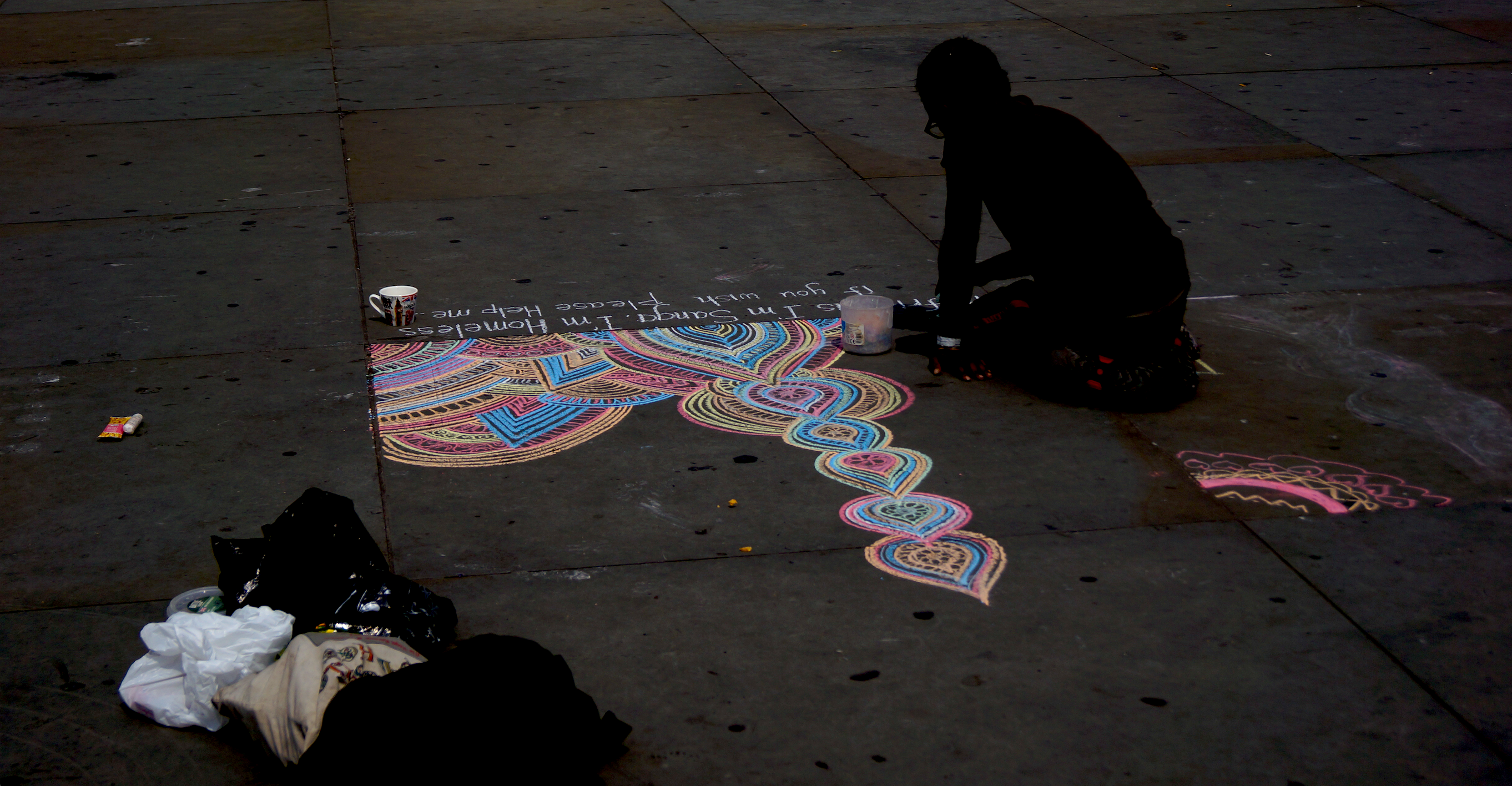 A Homeless Man Adding Pigment to London |
Abstract
"A London Full of Colour" is a project that aims to portray a different reality of the daily life of London citizens. By picturing different scenarios in their reality comparing them to the reality that we choose for each one of them, the audience is able to admire the beauty and uniqueness of the city from a different perspective. Kristy has gone to international poetry competitions and taken painting and photography courses before arriving to college, while Sofia, as a future architectural engineer, is able to provide insight from a different perspective, also having taken painting lessons since a very young age. This project combines our favorite forms of expression through art and hopefully brightens the days of the viewers. The main message that we wish to convey is that every single one of us chooses the reality they want to live in, meaning that the same place could be seen as a prison for our souls or a wonderland for our imagination. Our main goal was to paint five acrylic surrealistic paintings of the most emblematic sites in London exaggerating the use of bright colors instead of the usual gray palette that is seen due to the weather.
Contents
Introduction
The title of this Milestone was chosen to be "Adding Pigment" as for every person that goes through London is not only influenced by it and its weather as seen in Colourless London, but at the same time, they leave a piece of them that adds to the beauty of this city. In the same way as they take inspiration from the amazing stories London has to tell, they create a new chapter, and if they do it well, a really good one. Each artist presented in the background of this Milestone was chosen because of their irrefutable relevance to the history of London in the artistic side. In the background, we present the way in which different situations they lived conducted them to become some of the most influential and inspiring individuals the streets of London have ever seen. Likewise, each artist is known to have revolutionized in some way their field "adding pigment" to the existing base of knowledge and techniques. From the fields of Painting, Literature and Architecture, we chose a set of six artists divided in "Artists from the Past" and "Artists from the Present" to, in some way, categorize them by periods and let the readers draw conclusions about the similar traits in their work. Inspired by these great minds, we leave in the deliverable our own works of art painting the same sites where pictures were taken for Colourless London, choosing a specific picture for each one and "replicating it" in some way with acrylic paintings, just the way David Hockey used to do with his photography. The difference, however, is that we aim to emphasize the contrast between the gray color palette seen in the pictures that characterizes London and the use of color in our paintings that represents our perspective of the city. In this way we seek to add pigment to the scenery in a literal and metaphorical way.
Section 1: Background
Artistic Component
"Despite the widespread social anxiety caused by the fog, many artists found in it a source of inspiration from a wide broad of perspectives. For some, fog represented a looming presence, alive and malignant."[1] This quote from "The London Fog" by Corton perfectly exemplifies the way in which some people used too feel about the fog, however, for some other many artists, the fog could be seen as magical or even romantic. The same thing could be seen from very different perspectives and used for many different purposes. The fog could be used by robbers to easily disappear after their theft and the same fog could also be used by artists like Monet to show the world the beauty of a city like London. Likewise the fog could be the source of sickness and depression or could also be the source of motivation and inspiration, giving a person's mind the push needed to boost their creativity. Just like that, the city of London has been the source of inspiration and spectator of some of the greatest minds the world has seen. From painters to writers to architects, London has evoked many "shades of feelings" that have driven locals and foreigners to accomplish great things.
Artists From the Past
Being a city immersed in its own history, London has seen a lot happening through its streets, and by digging in the past, it is easy to find a more gloomy, mysterious and heavy perspective of the fog, enraptured in all kinds of art. The following representatives were chosen because of their imminent and irrefutable success in their disciplines.
Monet
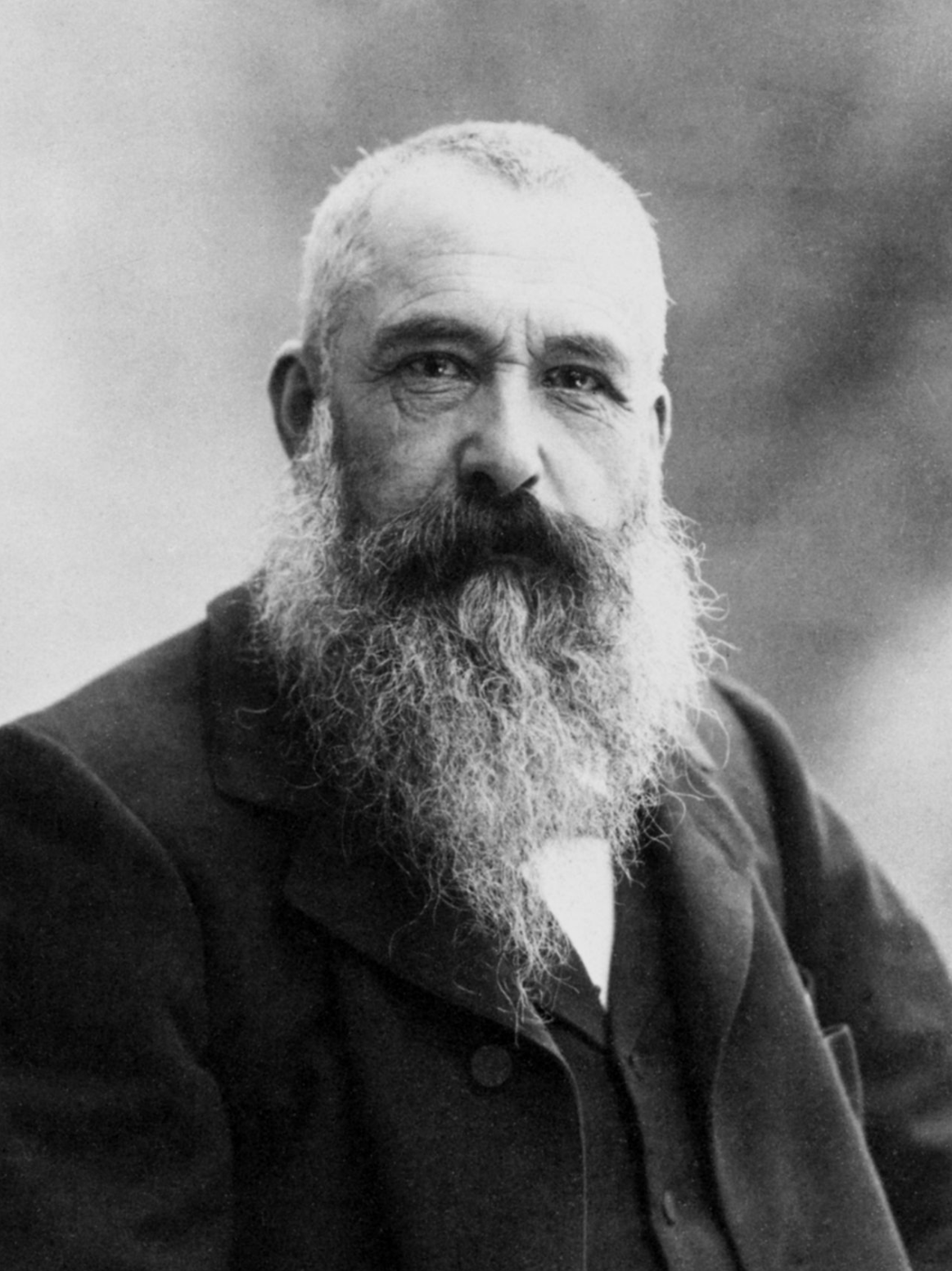 by Nadar | |
| date | 1 January 1899 |
|---|---|
Claude Monet was a French artist of the Impressionist movement. He was actually so influential to this movement that it was named after one of his paintings called Impression, Sunrise. The painting was named like that because, as stated in the book "Nature into art" by House, "you can only see an impression of the sunrise and the person in it because he changed a lot his subjects and how he depicted them". [2]The the viewer has to analyze, assume and connect the dots to figure out the purpose of the painting. This was not exactly abstract art but it was definitely different from any sort of traditional art at that time. Monet was a revolutionary and the complexity of his works continues to amaze the most demanding art critics and attract collectors from all over the globe. Unlike many other famous artists, when Monet started, he had no prior knowledge of art techniques, which may have been the cause of him developing his own. However, he was surely inspired by many other artists before him. Today Monet is one of the best-known artists in the world. In the creation of his own style, his purpose was to overcome the tradition of detailed works of art and use intense brushstrokes to create an impression of a painting. According to his biography, "Monet by himself", he started painting in Paris many scenes of the Seine river as well as impressions of landscapes of the place he lived in at different times of the day. This specific trait defines his work, because this technique was not only very useful for practice, but also allowed the viewer to perceive the scene from different perspectives of the same place and by the same artist as he played with the changes in light. We can clearly see this technique in one of his biggest collections of paintings; Water Lilies, that he painted when he was living in Givenchy. Monet moved a lot during his life mainly within France, however, during the Franco-Prussian War, he moved to London for two years. [3]
During his time in London, he couldn't help but immerse himself in the captivating inspiration that emerged from the city's mesmerizing views. Using his technique, he painted many of its landscapes and buildings at different times of the day, as he was known for. He painted many views from the Thames, including Parliament and Westminster and even though it was only for a short period of time, his time in London marked his artistic career. In the book "London Fog, Christine Corton states: " His short stay in London resulted in the largest series of paintings that he had yet produced." [4] Monet, as many other artists, admired the London fog and its presence in his paintings was not only evident, but often even highlighted. The fog gave his paintings some sort of uniqueness and contributed to his Impressionism. As Christine Corton said in her book London Fog Monet commented " Without the fog, London wouldn't be a beautiful city... It's the fog that gives it it's magnificent breadth".[5] This was a very outlandish way of viewing one of the nation's greatest struggle, but once again, he was a revolutionary. He was most likely intrigued by the fog as it went alongside his style and it was in such an abundance he had never seen before. There was probably not another city in the world that united the large amounts of fog and the astonishing man-made landscapes that were also full of meaning and history. In his paintings, he portrays the fog as part of the landscape or the impression of the landscape, which gave him great popularity due to his creativity and the originality of his works. In that time, there was certainly no other painter like Monet.
Yet he did not paint with a lot of details, he created his works in such a way in which any Londoner would recognize the setting of his paintings. In addition to this, as he painted the same scene in different times of the day, he changed the colors to illustrate the different light patterns. The "special touch" or as we call it in this milestone "pigment" Monet added to his field was his originality and how even though he painted the same scene many times, each painting was unique. As posted in the official webpage of the National Gallery, in Monet's paintings "distance and perspective are abolished; a limitless expanse of water occupies our entire field of vision." [6] His paintings portrayed the idea of constant change and the beauty of it, in House's book, "Nature into art", he explains how Monet worried a lot about "the ever-changing environment and the effects of light in his paintings." [7] Even though it was the same landscape, this technique allowed the viewer imagine that it was a completely different environment. He focused a lot on the effects of light of the painting and used a distinct color palette for each painting. This different use of light and color provided him the irrefutable fame he keeps until today, when his biography is now studied at schools and his techniques are implemented by artists all around the world.
Water Lilies at Tate Modern
Charles Dickens
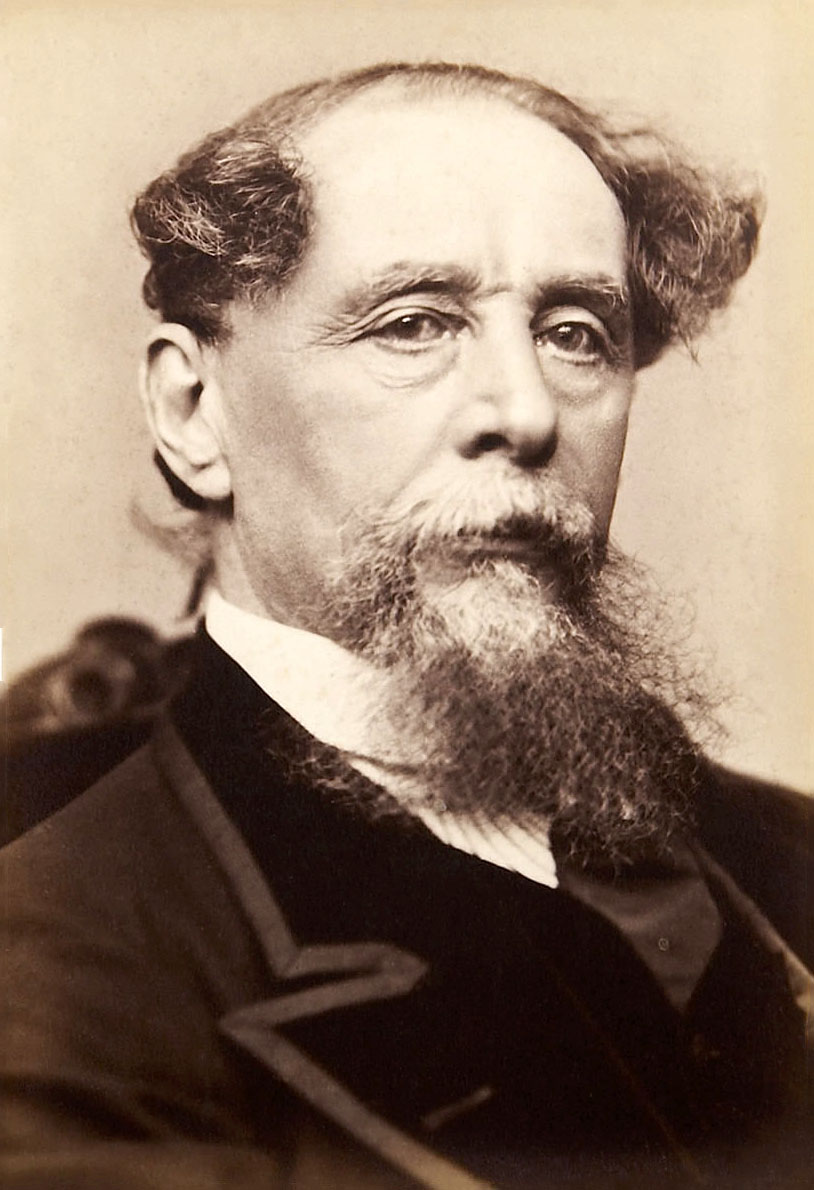 |
Charles Dickens was part of a huge family, being born the second of eight children on 1812, in Portsmouth, England. His parents named him Charles John Huffam Dickens and even though many people have heard about him and his work, not everyone knows about his middle names because he decided never to use them and e simply known as Charles Dickens. Even though he was raised with high aspirations of himself, it is almost impossible for him to have imagined the reach of his literary work in later years and how much his early life would influence him in the future. He was in London for the first time at the age of three because of his father's work. Although most people are unaware at such an early age, it is believed that he "absorbed the sights, smells and sounds of the City" according to his biography in the official Dickens London Tours. [8] As in any big family, money issues started to arise, however, that did not stop them from being happy in the early days. Nevertheless, it became a real problem for Charles when he was twelve, as his father was imprisoned for debt. To help with the family needs, Charles was forced to leave school and start working. We can easily infer that he did not make much money as a twelve year old, and that having his childhood taken away from him because of his parents mistakes left him very unhappy. For it was not his fault at all that his father was imprisoned, but yet he had to pay for his mistakes. This caused him great suffering but he sacrificed himself to help his family. As his biography by Biography.com Editors mentions, "He felt abandoned and betrayed by the adults who were supposed to take care of him."[9]
Even though he had no clue back then, this situation gave him the freedom to explore the streets and corners of London. He got to know every secret the city had, and by paying close attention to his surroundings he was able to get to know it "like the back of his hand". However, Dickens is credited with a passion for London and according to Michael and Mollie Hardwick in their book Dickens's England, "he entertained no such thing". For he grew up in the streets of London and this was not by choice, which allowed him to "greedily observe and absorb the city" getting to know it with "extensive and peculiar knowledge" as said by Michael and Mollie Hardwick, "but not loving it". [10] Despite this, it was not all bad for young Charles, because living as an adult while being a child also must have formed his character from a very early age and force him to mature and above all... think. Then according to a biography posted by BBC, for a short period of time he was able to go back to school when his father received and inheritance and was let free. However, his freedom lasted for a short period of time, as by the age of fifteen the biography in BBC's official website tells that he got a job as an office boy to help out his family again. [11]Maybe this was not what he would have wanted for himself but this job propelled his writing career. His career began as a journalist for a local news paper, as many other authors. This job also allowed him to get to know a lot of people and start building a network of contacts that would allow him to keep escalating up in his career. Even back then he could infer the importance of "knowing people" so he did and soon he started getting better and better jobs still as a journalist, collaborating also with other artists to create material for the press. He started publishing monthly parts of what he called "The Pickwick Papers" in the newspaper and it was a massive success. By this time, Charles's personal life was also going very well, as in 1836 he married Catherine Hogarth, who would give him the great gift of parenthood about a year after. Charles gave his name to his first son with Catherine Hogarth, who would give him another nine children.
After his first great success, he started to write nonstop and still with great quality, style and attention to detail. Very few people know London as he did, which allowed him to be the voice of the city itself. He had a very special way of writing about London granted by the events he went through in his childhood to what he also added his own touch. His increasing popularity allowed him to travel the world with his wife and even live in different places with her. However, he never took traveling as a vacation, for he continued to write and publish during these periods of time as if his travels only inspired him more and more instead off exhausting him. He was also, in general, a very nice person as he helped to found "The Guild of Literature and Arts" which was an organization that helped young artists struggling to make it through by presenting plays to the public. As he has once struggled in his life he probably founded this to help other fellow artists struggle a little bit less as they started to build their career just like he did. In addition to this, he also often performed as a character in the plays presented by that organization. Close to the end of his life, Dickens separated from his wife and started to see his children less. In the biography of Charles Dickens posted in the official website of the Dickens London Tours, Charles's daughter Kate recalled, "My father was like a madman… He did not care a damn what happened to any of us. Nothing could surpass the misery and unhappiness of our house." [12] Also according to that same biography, rumors spread about Charles Dickens's marriage ending because he was having an affair with his sister-in-law Georgina Hogarth. Dickens died at the age of 58 in England and was buried in Poet’s Corner at Westminster Abbey. The most amazing thing about his unique perspective of London is the way despite all the struggles his life brought to him, he never stopped writing. And this is proven by the fact that by the time of his death he left his final novel "The Mystery of Edwin Drood" unfinished. [13] Charles Dickens is taught in schools all around the world as one of the main characters of English Literature, and he became himself a source of inspiration immediately linked to London.
Sir Christopher Wren
 |
Tinniswood said in his book "His invention so fertile" that Christopher Wren "was the greatest architect Britain has ever known" [14] London and its skyline wouldn't be as we know them nowadays if it wasn't for Sir Cristopher Wren and his irrefutable talent and hard work. In the year 1666, London was struck by a great tragedy that destroyed the majority of the city. This incident started as an honest mistake in a bakery shop. The Great Fire of London demolished many buildings in London including the greatest buildings. These buildings were not made of wood but when the rock was heated, it exploded. After this enormous catastrophe, Sir Christopher Wren was given the urgent task of reconstructing many churches. St. Paul's Cathedral was his biggest work with his design of the dome. St. Paul was above all the work of his life, not only because of the magnitude of the project but also because of how much time he devoted to it. You can see this dome from various views from different angles of the city. Each angle shows the magnificent glory of its design, however, my personal favorite is from across the Millennium Bridge. This Cathedral is one of the most visited landmarks in the city because everyone wants to appreciate the design not only from the outside but also from the inside. Wren designed and reconstructed this building to wonder everyone that seeks to appreciate it today.
As incredible as it may sound, the architect that designed the majestic dome in St. Paul's Cathedral was also a skilled scientist with several other talents that were all probably useful in some way during the process of designing and building the cathedral. As Lisa Jardine said in her book about Wren called On a grander scale: The outstanding life of Sir Christopher Wren: "Wren was a versatile genius who could have pursued a number of brilliant careers with equal virtuosity. A mathematical prodigy, an accomplished astronomer, a skillful anatomist, and a founder of the Royal Society"[15], Wren was a genius. He started his career as a scientist and graduated from Oxford University, which fills the institution with pride and they ensure it is widely known. Sir Christopher Wren was very knowledgeable and his most intimate friends were also renown scientists, brilliant people responsible for the greatest accomplishments in a wide variety of fields. This is proven by the text written on the cover of the book "His invention so fertile: A life of Cristopher Wren" by Tinniswood and Graham: "Wren's famous research in science included: mapping the moon and the stars, investigating the problem of longitude and the rings of Saturn, and carrying out groundbreaking experiments into the circulation of the blood."[16] And not only did he make his own research but also collaborated with his fellow scientists' work as stated by the author Lisa Jardine: "His observations on comments, meteorology, and muscular action made vital contributions to the developing ideas of Newton, Halley and Boyle." [17] Also, just as in Dickens's case, his network helped him escalate in his career, getting to know many important people of his time. As supported in the book "Wren" by Margaret Whinney, "His connection to the Royal Society brought him into personal touch the King. He mapped moons and the trajectories of comets for kings and lived and worked under six monarchs." [18] As it is easy to assume, back then, it was extremely important to have contact with the King, it opened an infinite amount of doors sometimes without the need of even knocking. Wren's career as an architect succeeded mainly because of this connection with royal people, as when he was appointed to rebuild the city after The great Fire of London, he ended up building approximately 50 churches. And as everyone was delighted with the course of his work, Wren also worked at Hampton Court Palace rebuilding the south view.
It is important to emphasize as well how amazing it was that he succeeded in the field of architecture without any previous knowledge about it, making it up with the knowledge he had of other fields such as math. He is the greatest example of how, with hard work and the right connections, there is nothing unachievable. He must have had outstanding observation skills and was probably inspired by a couple of architects of his time. Little did he know he was to become an architect that would continue to inspire many, even centuries after his death. Also, as he succeeded in architecture, he never forgot his passion for science as many of this buildings had scientific purposes that very few people know about. It is easy to admire the magnificence of his buildings but as you pay close attention to the details he worked on for each one of them, it is impossible not to be filled with great astonishment. For example, as Lisa Jardine also explained in her book: "The Monument of the Great Fire of London was built with a subterranean laboratory and the southwest tower of St Paul's was used as a vertical telescope during its construction. Both were designed to function simultaneously as public monuments and as oversize scientific instruments." [19] When we think about Sir Christopher Wren's contributions to the history of London it is like every church he made was "a stroke of his brush" (figuratively speaking) "adding pigment" to the London skyline and at the same time, devoting his life to his passions as he created a masterpieces of such magnitude as is St. Paul's Cathedral. He let his talents flourish so that all of us could be able to enjoy them. Finally, we could say that despite his fame and success he remains a modest man, for when he was dying he asked not to have a huge statue to honor him but to simply be buried in his greatest accomplishment, St. Paul's Cathedral, letting that be the "monument" to honor his death.
- St Paul's Cathedral
- Other Works and Churches
Artists from the present
In more contemporary times, leaving behind the dense, yellow and deadly fog as an everyday scene, London is a setting that enraptures less mystery and more and more magic. More color and a wider variety of emotions are displayed in all forms of art.
J.K. Rowling
 |
J.K. Rowling has impacted many people's lives with her books, people of all razes, nationalities, religions and even ages. She has inspired young people to discover the joy of reading and entertained adults with her stories full of magic, mystery and suspense. It is not uncommon to hear about adolescents that had never grabbed a book in their lives falling in love with the wonderful world of Harry Potter. And that is the thing, It is amazing how her reading had the power to impact a whole generation and turn them into "Potterheads". All it takes is a good book to inspire people to read and J.K. Rowling wrote many great pieces of literature that are still great gifts for people of all ages. She is best known for her Harry Potter Series, which made her worldwide famous, and apart from these, J.K. Rowling has written several more books.
Her official website starts her biography like this: "Joanne Rowling was born on 1965 just outside Bristol, and grew up in Gloucestershire in England and in Chepstow, Gwent, in south-east Wales."[20] However, the places that marked her literature the most were London and Edinburgh. As a woman that developed in the generation of information and revolution of technology, she had the opportunity to travel a lot and live in many places even before being famous. After getting her degree she moved to London, where she was inspired to write about Harry Potter as she sat in a train station. In her biography written by Sean Smith it is said: "She conceived the idea of Harry Potter while sitting on a delayed train from Manchester to London King’s Cross in 1990." [21] It seems almost ironic that after traveling so much, she came to get the idea that would change her life forever in the same country where she was born. She was inspired by her surroundings and wrote what she observed adding a creative component to it; her personal touch. For example, in Harry Potter and the Cursed Child: parts one and two: in Chapter 1 KING'S CROSS she wrote: "A busy and crowded station. Full of people trying to go somewhere. Amongst the hustle and bustle, two large cages rattle on top of two laden trolleys.". [22] Every word is perfectly placed in her sentences and invites the audience to keep reading almost effortlessly; as if the words had the ability to flow by themselves into our imaginations. However, until then this line could belong to any story set in that station, until J.K. Rowling adds the magic in Chapter 2 PLATFORM NINE AND THREE-QUARTERS as she says: "And which is also busy, but instead of people in sharp suits going about their day, it's now wizards and witches in robes mostly trying to work out how to say good-bye to their beloved project." [23] She made of the streets of London a magical place full of wonders to discover that would only be available to "the chosen ones" to find out.
However, even though she started in London, she also moved a lot while she was writing the series. Another of the major cities that highly inspired her writing was Edinburgh, Scotland. Just like London, a city full of a great deal of history and mystery that was a perfect source of inspiration for the young writer's imagination. As we visited Edinburgh, it was easy to spot the settings she chose to incorporate in some of the scenes of the books. Settings such as Hogwarts, the Quiddich Stadium, the cemetery and Diagon Alley. Even the four houses of Hogwarts that in the books were "named after the four founders of the school" (Godric Gryffindor, Helga Hufflepuff, Rowena Ravenclaw and Salazar Slytherin) are suspected to e inspired by the houses of one of the most prestigious schools in Scotland that is set in Edinburgh and casually carry the same colors as the four houses in Hogwarts. "George Heriot’s houses Castle, Lauriston, Raeburn and Greyfriars correspond to Rowling’s own Ravenclaw, Slytherin, Gryffindor and Hufflepuff." [24] Also, George Heriot’s School has a sports tournament every four years with other two schools of the United Kingdom. Many of the characters' names were also presumably derived from people who died in the city and are buried in Greyfriars Cemetery. Going to Scotland and hearing everyone; from tour guides, to store owners, to residents, talk about all these peculiar similarities between the city and her books was a little bit disappointing, but it also made us realize that all these details have always been out there for anyone to use and she was the only one with the imagination and intellect to do so. J.K. Rowling left her "stroke of pigment" in Edinburgh just as she did in London, writing her stories mainly in local cafes, that today are touristic spots. A famous one is Elephant House, where now it is famously known for being "The Birthplace of Harry Potter" as the owners decided to announce it like. In several webpages they're announces with the following phrase: “Magic! Is the only way to describe The Elephant House. Experience the same atmosphere that J.K. Rowling did as she mulled over coffee writing her first Harry Potter novel. Experience the friendliness of the staff, our extensive menus and the magical view of Edinburgh Castle. Not to forget…the elephants”. [25]
For her great influence in the pop culture today, her impact on the places where she wrote and her devotion to her passion for literature, J.K Rowling is a woman worthy of admiration. Also, J.K. Rowling's life before Harry Potter was not easy. Smith also wrote: "She encountered many obstacles and misfortunes before and during the writing process." [26] She took a long time writing the first book in the Harry Potter series but she never gave up and all her hard work is now being recompensed. She is a highly admired author with an impeccable reputation and she is also very rich. In fact, J.K. Rowling is considered by Forbes to be the second highest paid woman in entertainment. [27] However, being rich is not comparable to the satisfaction she must feel as she receives flattering and well deserved positive reviews of her books and so much love from her fandom that beg fore more of the wonderful world of Harry Potter. Miss Rowling is a great example of a creator that took as much as she could from what her environment in Edinburgh and London had to offer and she gave back to other cities becoming part of them.
David Hockney
 |
David Hockney, born on 1937, has become one of the most influential figures in modern art, mostly because of all the different techniques he used and the ones he developed for his work. Also because of all the disciplines where he excelled as an artist throughout his entire life, which still continues. According to Editors of Encycloprdia Britannica in their website, "David Hockney is an English painter, printmaker, stage designer and photographer and one of the most important figures in modern art." [32] The city were he was born, Bradford, was, just as London, a poor victim of the fog, in a biography written by Christopher Simon Sykes, he explains: "for the two hundred or so chimneys of the woollen mills were belching out fumes all day, which sank slowly into the basin in which the city lies, and made Bradford then one of the smokiest cities on earth".[33]. In that same book, the author reveals an interview with Hockney in which he says that he knew that he wanted to be an artist since the age of 10 and his parents always encouraged him to develop his talent. [34] Hockney was also known to e quite a good student and hard working artist that loved experimenting with different forms of art. He also traveled quite a lot and loved the state of California in the U.S., where he still owns a house. This is supported in his biography by Biography.com Editors, "The swimming pools of L.A. were one of his favorite subjects, and he became known for large, iconic works such as A Bigger Splash." [35] One of the most outstanding characteristics of his work "A Bigger Splash" is the technique he used to paint. He first took the pictures of the people he was going to paint and then putting together a bunch of these pictures he would put the person in the pose he wanted to paint. An example of this technique is shown below in the pictures. where it is easier to appreciate the complexity of Hockney's work.
Besides being an admirable artist, he was never hesitant to show himself to the world and stand up for his personal beliefs. Also, his romances affected him so much that later in his life he suffered from depression after breaking up with a boyfriend that he lived with for a while. As mention in a website dedicated to David Hockney, "Hockney was devastated and started taking Valium to combat the depression and loneliness he suffered." [36] However, despite all the tough times he went through in his life, he never let that intervene with his work as he has a huge amount of collections of different types of art always looking for a way to interact with the viewer through his work. As the American curator, Maurice Tuchman mentions in her book David Hockney: a retrospective. Los Angeles, CA, "Hockney is not at all involved in the creation of beauty as an end in itself. It is exactly this didactic urgency, this need to be heard plainly and to be understood clearly, which is the basis of his phenomenal popularity." [37]
In one of his expositions, also shown below, he wrote "Perspective should e reversed... specially in photography". He has definitely been a revolutionary artist that has been looked up to for over half a century now. Hockney is widely known for his adaptability and his ability to create new techniques using the emerging technologies. In photography, specifically he turned to “recreate photography” in a way in which, as he said in another interview with Sykes, “a photograph that could be described as having a strong illusion of reality”. [38] Though Hockney does not have a great number of photographies or paintings of London itself, he has been one of the most influential and innovative British artists for the past half a century. He developed a way to give a story to his images, instead of just leaving them as a single photograph. Through his collages, he makes his characters come to life and is able to transmit emotions and ideas, creating a reality for each one and showing it to its viewers. And with his method of combining photography and painting, he "added his pigment" to both fields. In a 2011 poll of more than 1,000 British artists, Hockney was voted the most influential British artist of all time. He continues to paint and exhibit, and advocates for funding for the arts. [39]
Ken Shuttleworth
 |
Ken Shuttleworth, just as Christopher Wren, transformed completely London's skyline. According to his biography in his paper Form and Skin, he was born in 1952 and studied at Leicester Polytechnic, where he got a degree with distinction in Architecture in 1977. According to that same paper, in 1974 he joined the architectural firm of Foster and Partners and shortly after became a registered architect. Then, in 1991 he became a partner of the firm "Fosters Associates", where he was responsible for the design of significant projects. [40]Since his time at college, he has been known as a great designer. In class, he would take half of the time his classmates would to finish his designs. His fast and impressive work gave him the nickname "Ken the Pen". During his time in "Fosters Associates" he designed what "The Guardian" news paper called "some of the world's most iconic buildings"[41]. Referring to masterpieces such as the Shanghai Banking Corporation’s headquarters and London's St Mary Axe or best known as "The Gherkin".
He certainly succeeded after college in "Foster Associates", however, in 2003 he decided to leave the firm. As Shuttleworth always thought architects to have a big purpose, he felt like he could do more than working for a big firm, and this was a particularly big firm. "The Guardian" published about it in 2003 saying that "with a staff of nearly 600 and over 100 projects on the computer screens", Foster Associates was "one of the world's busiest and highest-profile architectural practices." [42] As he moved on from Foster Associates, he founded his own firm, "Make", in 2004. With him on the lead this firm was prompt to succed, and it did. In his paper "Form and Skin", he wrote: "It grew to one od the UK's foremost architectural firms." [43] Looking back into his life, his passion for design began at very young age. "The Guardian news paper once wrote about how with the help of his father he followed his passion and magnified his talent: "His father, an accountant, encouraged him: "He hated being an accountant. He said, 'Whatever you do, you should really enjoy doing it'." "[44] He followed his fathers advice and became a magnificent architect worthy of admiration.
"The Guardian" also wrote referring to Ken, ""He is one of the best hidden talents in the UK," says Stuart Lipton, the chairman of the government's architecture watchdog of the Commission for Architecture and the Built Environment (CABE)." [45] This quote perfectly conveys to major ideas; the first one about his irrefutable talent, and the second one out how little is actually known about him. Unlike we had expected, finding information about Shuttleworth was somehow hard because he has always lived life with a low profile. However, after reading his papers and articles you can clearly see what an amazing architect he is. He wrote in the article "Throwing stones at those in glass houses, "Architects and environmental engineers have never had such an important role and we should take the initiative, seize the opportunity before it’s too late. Now is the time to wake up... and use our creativity, our curiosity and our passion for exploration... to help save the planet". Because of his passion and drive, he is a source of inspiration to many young architects. Reading his words reminded us that being an architect is an important role in the world and it is not just designing a pretty building. That sense of commitment and great creativity that he possesses and uses to improve our society is what makes him a person worthy of admiration.
Section 2: Deliverable
Using David Hockney's technique of "Painting with Pictures", we chose one picture of each site described in the Milestone Colourless London and we made them into paintings, emphasizing the use of bright colors inspired by different scenarios of London and making an imminent contrast with the pictures' monochromatic feel. Each set represents our own way of "adding pigment" to the city's most emblematic sites and to the way people usually perceive London.
Tower Bridge
- Acrylic Colors Used:
- Lake Blue
- Phithalo Blue
- Orange
- Lemon Yellow
- TitaniumWhite
- Canvas Paper 9in x12in
Kristy: "The colors used were inspired by one of the pictures of the girls in this HUA program, Emily Wilson. She took this picture from the same bridge that I painted. The colors in the sunset inspired me to choose the color scheme in my work. However, I decided to paint a morning instead of a sunset, symbolizing a fresh start for the city of London. That is why the sky is a mostly blue and the bridge contains the colors of Emily's picture as if it had absorbed the sunset of the previous day, symbolizing that even though it is a fresh start, the past is still part of the city, or in this case, the painting.
London Eye
- Acrylic Colors Used:
- Violet
- Ivory Black
- Titanium White
- Ultra Blue
- Scarlet Red
- Canvas Paper 9in x12in
Kristy: "Purple is the most powerful wavelength of the rainbow and The London Eye is the world’s largest observation wheel and most popular paid tourist attraction in the whole country. Also Purple is my favorite color. Finally, I was inspired to choose that color scheme by this flowers I bought in Columbia Road Flower Market, in London. Because they enrapture the beauty I see in the streets of London, despite all opposing opinions and catastrophic events that have hit this city, which I like to think still stands strong."
Big Ben
- Acrylic Colors Used:
- Lake Blue
- Phithalo Blue
- Crimson Red
- Scarlet Red
- TitaniumWhite
- Acrylic painting
- Canvas Paper 9in x12in
Sofia: "I used the picture Kristy took Colourless Big Ben as a model and the colors in the flag of the United Kingdom as an inspiration to create this painting. I used the radiant colors in the flag to represent Parliament and the citizens in the UK. The Big Ben identifies London as the flag identifies the UK. With the use of different shades of blue I created a sky as in the picture. To show the different levels of the top of the building I used either blue or red for each level. What the blue drops of paint falling down the Big Ben represents the trust of the citizens of London in their government fading away by disappointment. I decided to convey this message as a strong statement, knowing that as the citizens are the base of the society, if they lose trust in their government, the structure will not stand for long.
Gherkin
- Acrylic Colors Used:
- Lake Blue
- Phithalo Blue
- Light Green
- Vidridian
- Cobalt Blue
- Lemon Yellow
- Colors Used: Red, Blue, White.
- Acrylic painting
- Canvas Paper 9in x12in
Sofia: "This building is known as "The Gherkin" but its official name is 30 St Mary Axe. This nickname was given because of its similarity to the Mexican sour gherkin. The green colors used in this painting were inspired by two things, this Mexican sour gherkin, and the architect that designed it, Ken Shuttleworth. Shuttleworth cares deeply for the environment and saving the planet, which is why the color scheme that I chose contains greens and light blues, representing the colors of a field of grass. I liked the irony as well of painting a modern skyscraper with the same colors I would use to paint a plant. Also meaning that among all the development of the city, it is still important to keep the environment in mind, for London has already suffered enough by the filthiness of the fog."
St. Paul's Cathedral
- Acrylic Colors Used:
- Cobalt Blue
- Raw Limber
- Paynes' Grey
- Phthalo Blue
- Lake Blue
- Light Green
- Phthalo Green
- TitaniumWhite
- Canvas Paper 9in x12in
Kristy and Sofia: "St. Paul's Cathedral represents the change in beliefs of the whole country. This painting was done by the both of us and we decided to use two pictures we took to inspire us and combine them into one, symbolizing how the different cultures and beliefs of the world merge to create this wonderful and "colorful" city of London. The green used is inspired by Sofia's picture and the grayish blue and purple have inspired the picture Kristy took. This painting represents unity within us and within London citizens. This unity comes to life in the deepest desires kept in the hearts of the good people of London that have been hurt by the recent events more than ever before. However, despite this, the hope of unity in diversity remains vibrant with people that are willing to stand up for it."
Conclusion
In this Milestone, artists from the past and from the present are compared and contrasted. There is one artist chosen for each of the fields involved in the project "A London Full of Colour"; Painting, Literature and Architecture. The intention was to outline the main differences in their styles and how they each one of them portrayed their environment from their very own perspectives and translated it into their works of art. In the same way, biographical facts are provided to give the reader a reference of how life circumstances and setting might have been influential in the artists' work. This Milestone is the linking point between Colourless London and Colourful Reality, giving meaning to the rest of the project "A London Full of Colour".
Finally, for the deliverable, our own work is presented. With this, we intend to show our own perspective of London which contrasts with the pictures taken in Colourless London in an extreme way. We tried to add some pigment of our own to create a much more Colourful Reality for ourselves. The paintings emphasize the use of colors in a symbolic way, what they represent are our different emotions and life experiences that stoke our lives, sometimes in unexpected ways, but always resulting in a breath taking outcome. Life is our very own masterpiece, it is what we make it and it is not in the very least monochromatic. In the contrary, all the aspects of our lives merge to create a unique work of art, that certainly might not be of everyone's liking, but then again, the only opinion that truly matters is that of the artist that made the masterpiece. In some occasions, the artist regrets the path he or she took and if given a second chance, would have done things differently. However, the work is done, the masterpiece is complete, and we can either live in regret or move forward in such ways where each stoke is more precise and better thought than the previous one. Some other artists die without the proper acknowledgment that their work deserves, however, what people think of their work can never influence the magnitude of its quality. A masterpiece, is a masterpiece even when there is no one to admire it and most things done with effort and passion are worth a standing ovation.
Gallery of Pictures
References
- ↑ Corton, C. L. (2015). London Fog: the biography. S.l.: BELKNAP HARVARD. pp 1.
- ↑ House, J. (1988). Nature into art. New Haven: Yale University Press.
- ↑ Monet, C., & Kendall, R. (2003). Monet by Himself: Paintings, drawings, pastels, letters. Boston: Little, Brown, Chapter 1.
- ↑ Corton, C. L. (2015). London Fog: the biography. S.l.: Belknap Harvard. pp 182.
- ↑ Corton, C. L. (2015). London Fog: the biography. S.l.: Belknap Harvard. pp 184.
- ↑ https://www.nationalgallery.org.uk/paintings/claude-monet-water-lilies
- ↑ House, J. (1988). Nature into art. New Haven: Yale University Press.
- ↑ Charles Dickens Biography. (n.d.). Retrieved June 06, 2017, from http://www.dickenslondontours.co.uk/dickens-biography.htm
- ↑ Charles Dickens. (2017, April 28). Retrieved June 06, 2017, from https://www.biography.com/people/charles-dickens-9274087
- ↑ Hardwick, M., & Hardwick, M. (1970). Dickens's England. London: Dent
- ↑ BBC . (n.d.). History - Charles Dickens. Retrieved June 06, 2017, from http://www.bbc.co.uk/history/historic_figures/dickens_charles.shtml
- ↑ Charles Dickens Biography. (n.d.). Retrieved June 06, 2017, from http://www.dickenslondontours.co.uk/dickens-biography.htm
- ↑ Charles Dickens. (2017, April 28). Retrieved June 06, 2017, from https://www.biography.com/people/charles-dickens-9274087
- ↑ Tinniswood, A., & Graham, N. (2005). His invention so fertile: a life of Christopher Wren. London: Royal National Institute of the Blind.
- ↑ Jardine, L. (2004). On a grander scale: the outstanding life and tumultuous times of Sir Christopher Wren. New York, NY: Perennial.
- ↑ Tinniswood, A., & Graham, N. (2005). His invention so fertile: a life of Christopher Wren. London: Royal National Institute of the Blind.
- ↑ Jardine, L. (2004). On a grander scale: the outstanding life and tumultuous times of Sir Christopher Wren. New York, NY: Perennial.
- ↑ Whinney, M. (1971). Wren. London: Thames & Hudson.
- ↑ Jardine, L. (2004). On a grander scale: the outstanding life and tumultuous times of Sir Christopher Wren. New York, NY: Perennial.
- ↑ J.K. Rowling. (n.d.). Retrieved June 20, 2017, from https://www.jkrowling.com/about/
- ↑ Smith, S., & Carrington, N. (2005). J K Rowling: a biography. London: Royal National Institute for the Blind.
- ↑ Thorne, J., Rowling, J. K., & Tiffany, J. (2016). Harry Potter and the cursed child: parts one and two. London: Little, Brown. pp. 6
- ↑ Thorne, J., Rowling, J. K., & Tiffany, J. (2016). Harry Potter and the cursed child: parts one and two. London: Little, Brown.pp.9
- ↑ Hodder, A. (2015, October 18). The Top Places To Visit In Edinburgh for Harry Potter Fans. Retrieved June 20, 2017, from https://theculturetrip.com/europe/united-kingdom/scotland/articles/the-top-6-locations-for-harry-potter-fans-in-edinburgh/
- ↑ The magic brew called Potter. (2016, October 09). Retrieved June 20, 2017, from http://www.thehindu.com/todays-paper/tp-features/tp-metroplus/The-magic-brew-called-Potter/article15396369.ece
- ↑ Smith, S., & Carrington, N. (2005). J K Rowling: a biography. London: Royal National Institute for the Blind.
- ↑ The 20 Richest Women In Entertainment. (2007, January 18). Retrieved June 20, 2017, from https://www.forbes.com/2007/01/17/richest-women-entertainment-tech-media-cz_lg_richwomen07_0118womenstars_lander.html
- ↑ Thorne, J., Rowling, J. K., & Tiffany, J. (2016). Harry Potter and the cursed child: parts one and two. London: Little, Brown.
- ↑ Thorne, J., Rowling, J. K., & Tiffany, J. (2016). Harry Potter and the cursed child: parts one and two. London: Little, Brown.
- ↑ Thorne, J., Rowling, J. K., & Tiffany, J. (2016). Harry Potter and the cursed child: parts one and two. London: Little, Brown.
- ↑ Thorne, J., Rowling, J. K., & Tiffany, J. (2016). Harry Potter and the cursed child: parts one and two. London: Little, Brown.
- ↑ The Editors of Encyclopædia Britannica. (2017, April 26). David Hockney. Retrieved June 20, 2017, from https://www.britannica.com/biography/David-Hockney
- ↑ Sykes, C. S. (2011). Hockney: The Biography (Vol. 1). London: Century, pp. 1-25
- ↑ Interview with David Hockney by Christopher Simon Skyes, June 2009
- ↑ David Hockney. (2014, April 02). Retrieved June 05, 2017, from https://www.biography.com/people/david-hockney-9340738
- ↑ David Hockney Biography. (n.d.). Retrieved June 05, 2017, from http://www.davidhockney.com/bio.shtml
- ↑ Tuchman, M., & Barron, S. (1989). David Hockney: a retrospective. Los Angeles, CA: Los Angeles County Museum of Art, pp. 13
- ↑ Sykes, C. S. (2014). Hockney: The Biography (Vol. 2). London: Century, pp. 160
- ↑ David Hockney. (2014, April 02). Retrieved June 05, 2017, from https://www.biography.com/people/david-hockney-9340738
- ↑ Shuttleworth, K., & Principal, M. (2008, March). Form and Skin: antidotes to transparency in high rise buildings. In Proceedings of the CTBUH 8th World Congress “Tall and Green: Typology for a Sustainable Urban Future”, Dubai (pp. 481-484).
- ↑ Glancey, J. (2003, November 27). Controversial architect Ken the Pen has designs on new projects. Retrieved June 15, 2017, from https://www.theguardian.com/uk/2003/nov/27/arts.artsnews2
- ↑ Glancey, J. (2003, November 27). Controversial architect Ken the Pen has designs on new projects. Retrieved June 15, 2017, from https://www.theguardian.com/uk/2003/nov/27/arts.artsnews2
- ↑ Shuttleworth, K., & Principal, M. (2008, March). Form and Skin: antidotes to transparency in high rise buildings. In Proceedings of the CTBUH 8th World Congress “Tall and Green: Typology for a Sustainable Urban Future”, Dubai (pp. 481-484).
- ↑ Fairs, M. (2003, January 22). Ken Shuttleworth: architecture's best-kept secret. Retrieved June 15, 2017, from https://www.theguardian.com/artanddesign/2003/jan/22/architecture.artsfeatures
- ↑ Glancey, J. (2003, November 27). Controversial architect Ken the Pen has designs on new projects. Retrieved June 15, 2017, from https://www.theguardian.com/uk/2003/nov/27/arts.artsnews2
Attribution of Work
Kristy Giacoman:
Introduction, Artistic Component, Artists From the Past, Artists From the Present, Charles Dickens, David Hockney, Conclusion & final edits of the other artists. Painted "Tower Bridge Full of Colour", "London Eye Full of Colour" and collaborated to paint "St. Paul's Cathedral Full of Colour".
Sofia Reyes:
Ken Shuttleworth, core information for Monet, Sir Christopher Wren & JK. Rowling & formatting of information in the deliverable. Painted "Big Ben Full of Colour", "Gherkin Full of Colour" and collaborated to paint "St. Paul's Cathedral Full of Colour".
Vincent Manzo & Constance Clark:
Advisors
